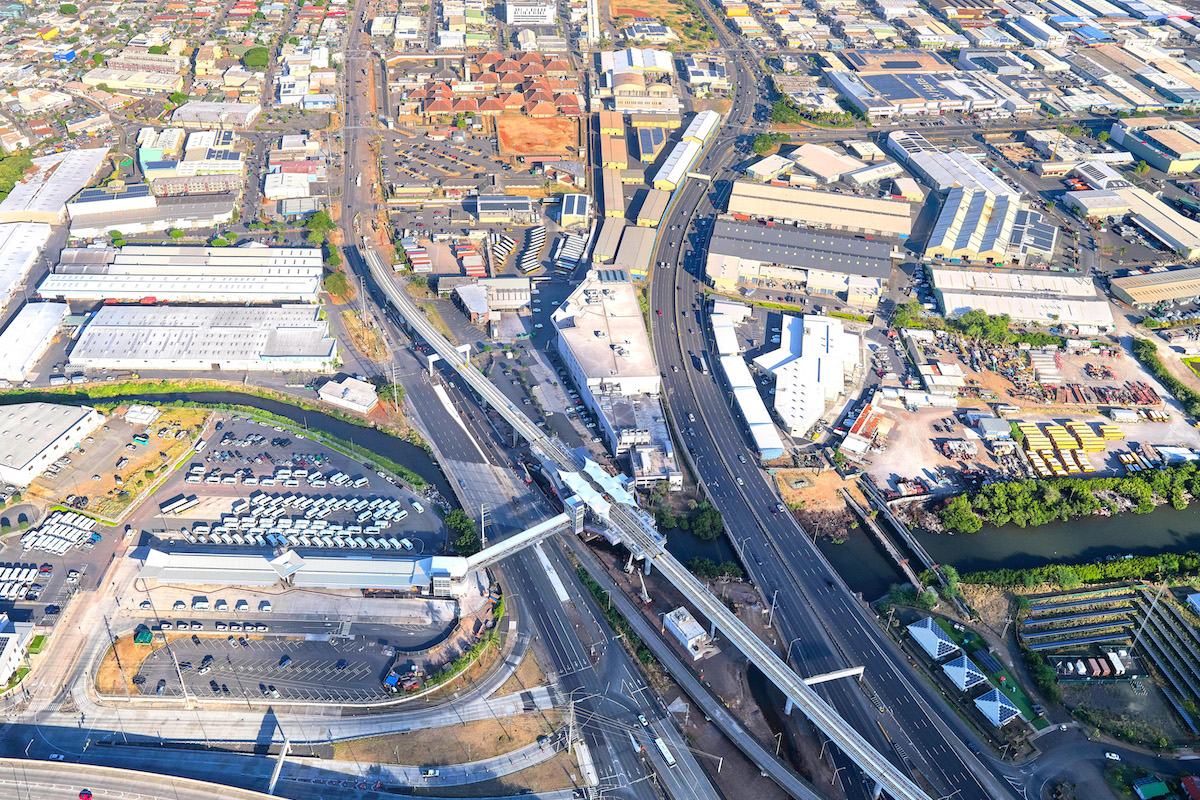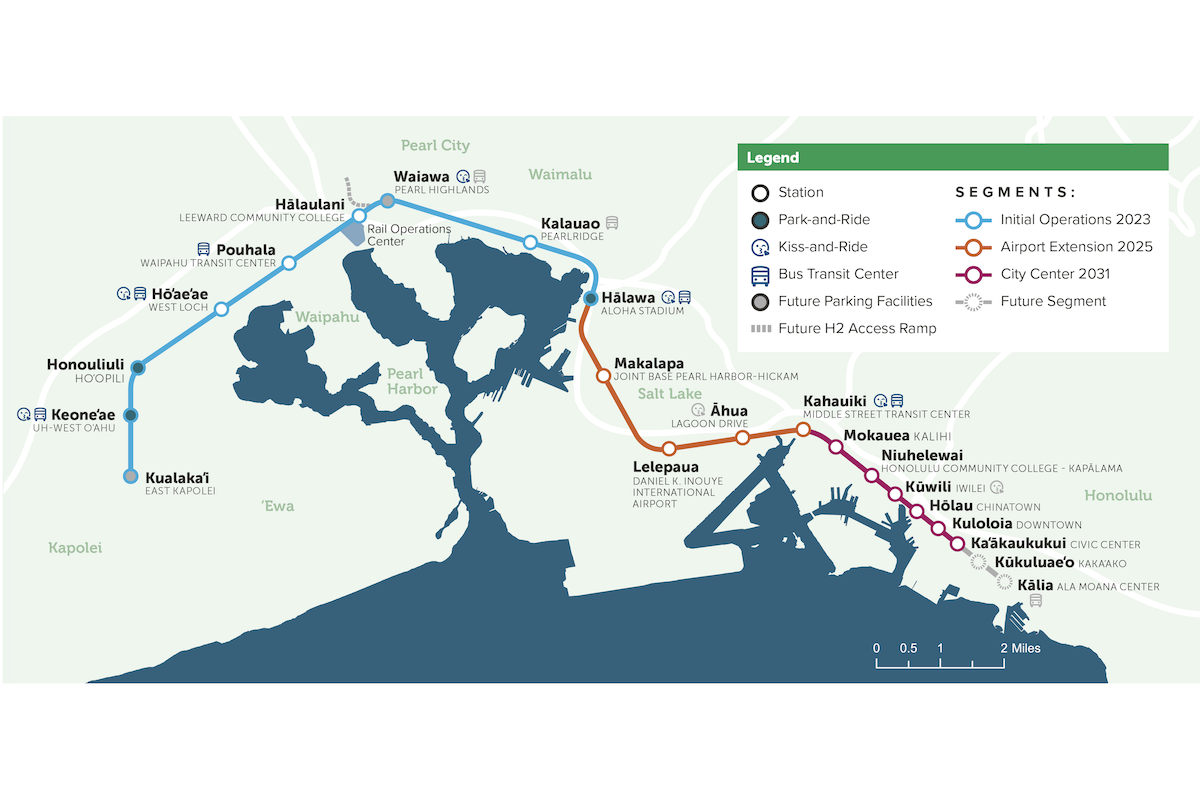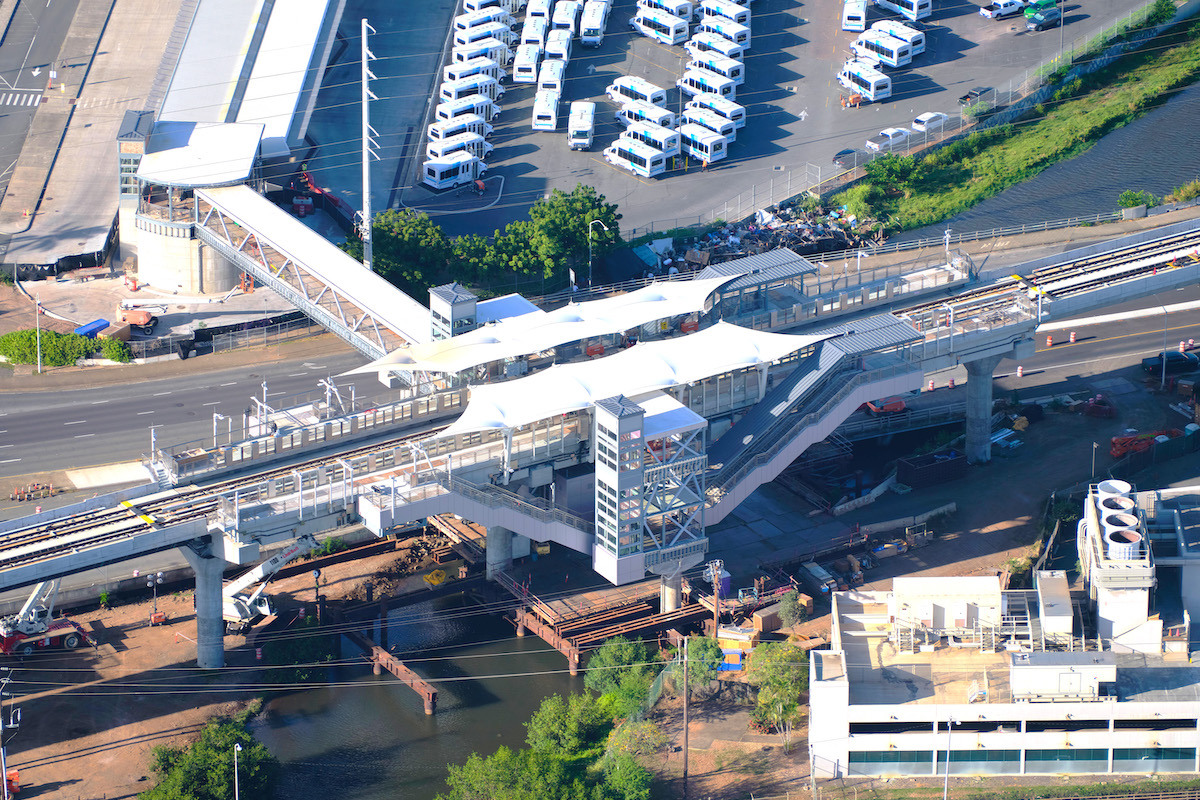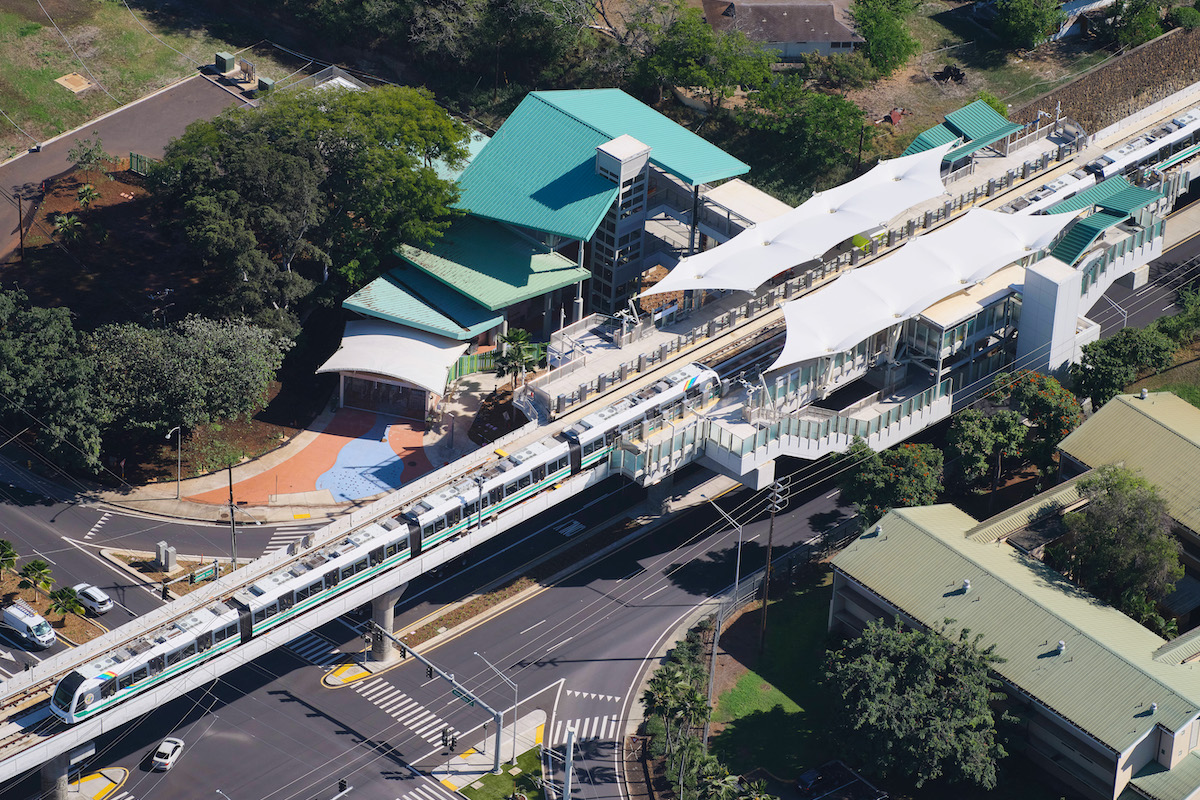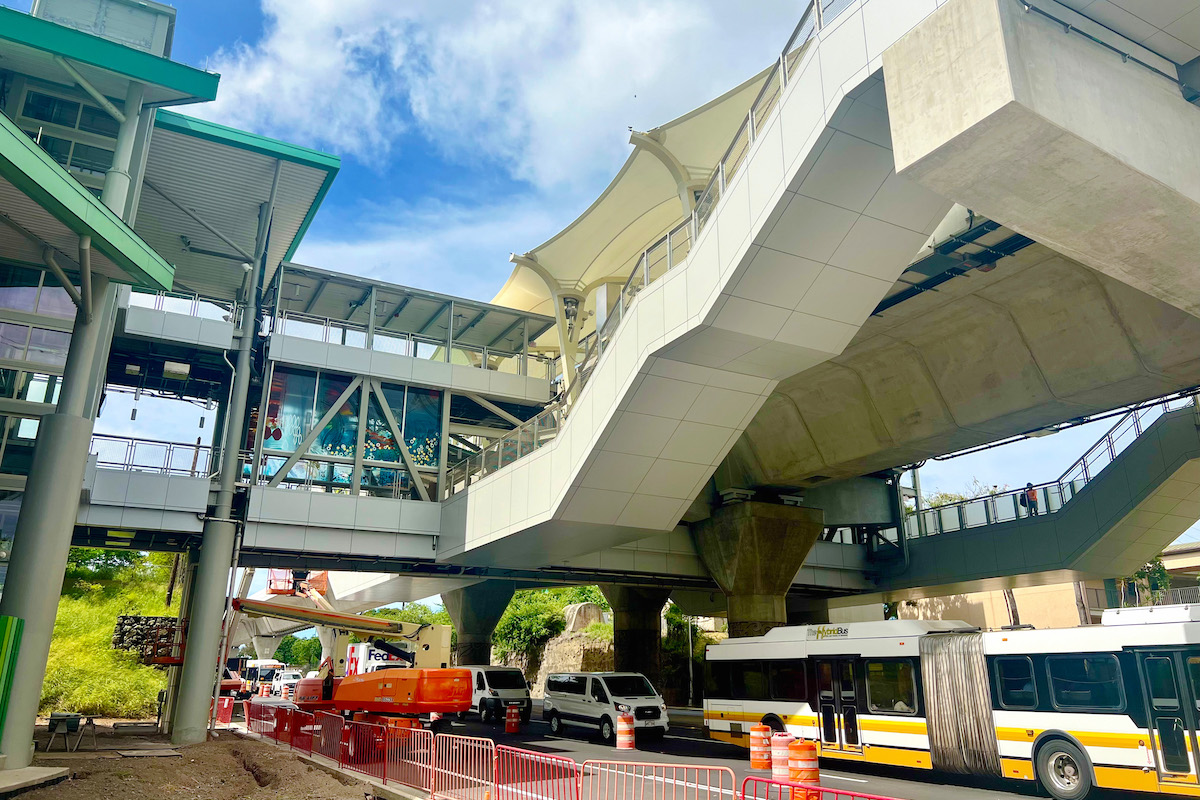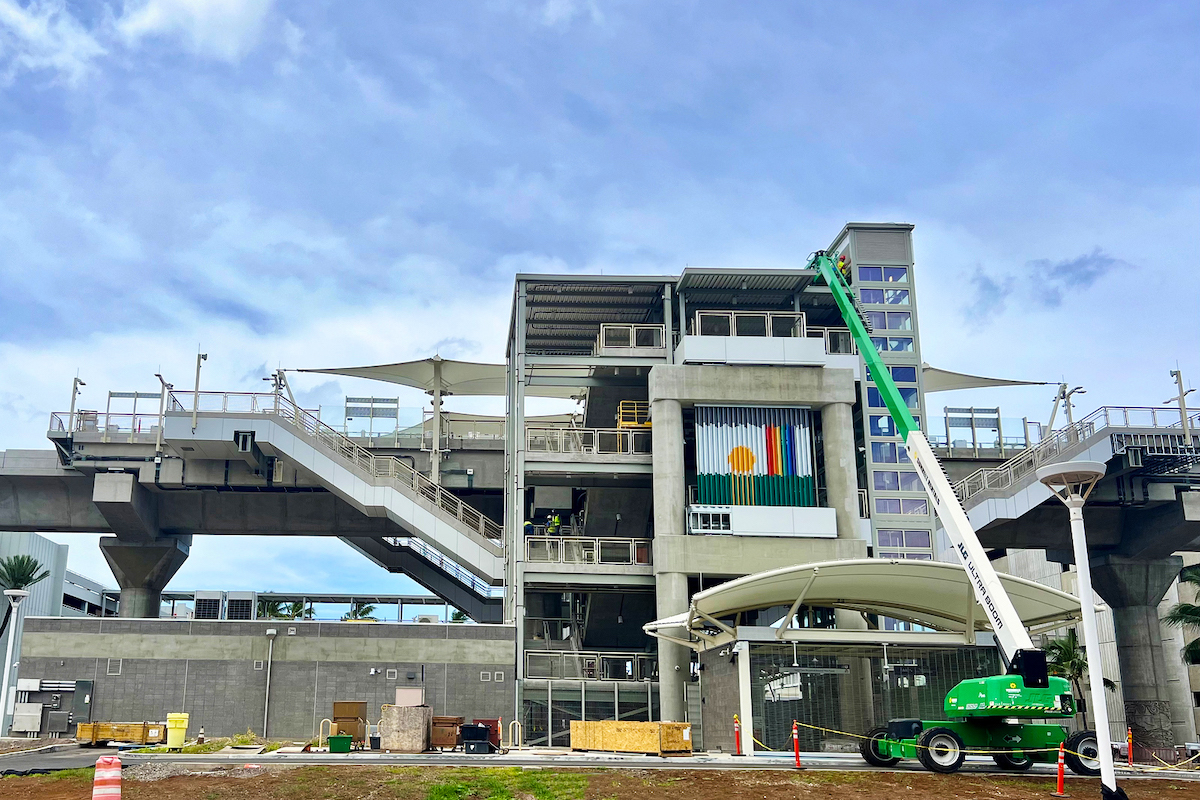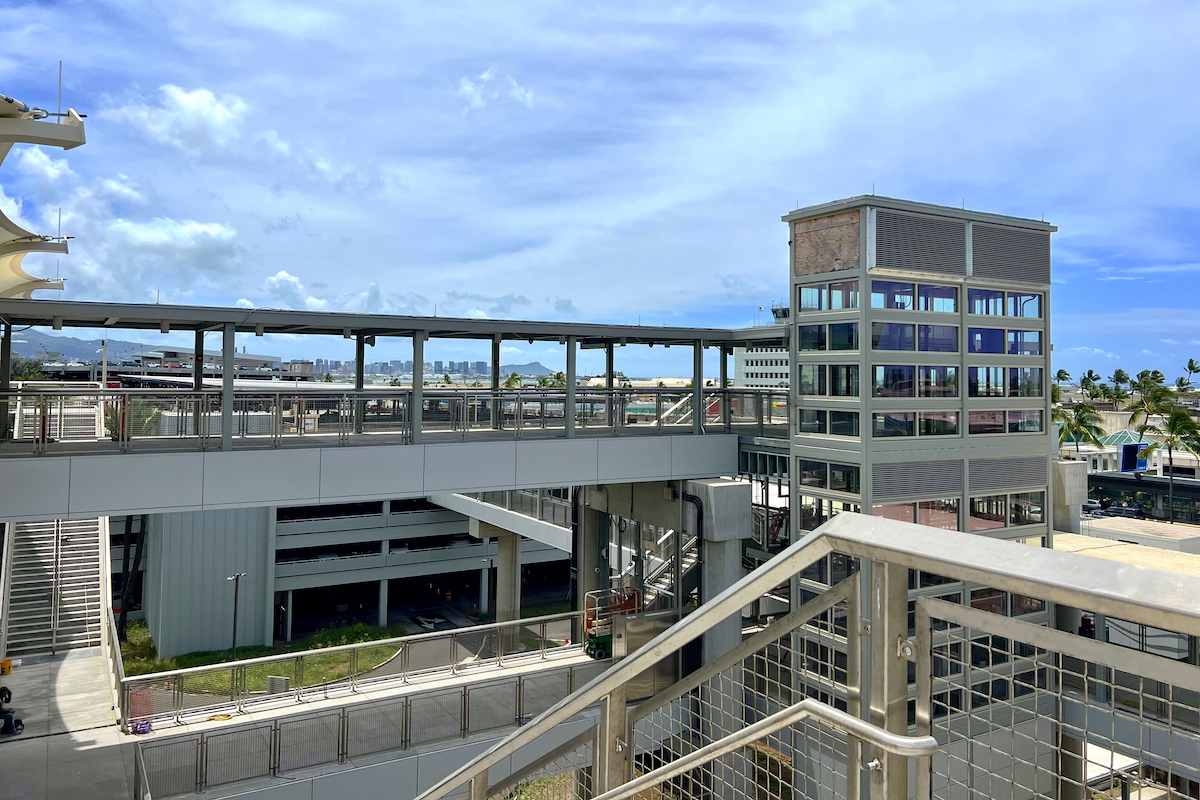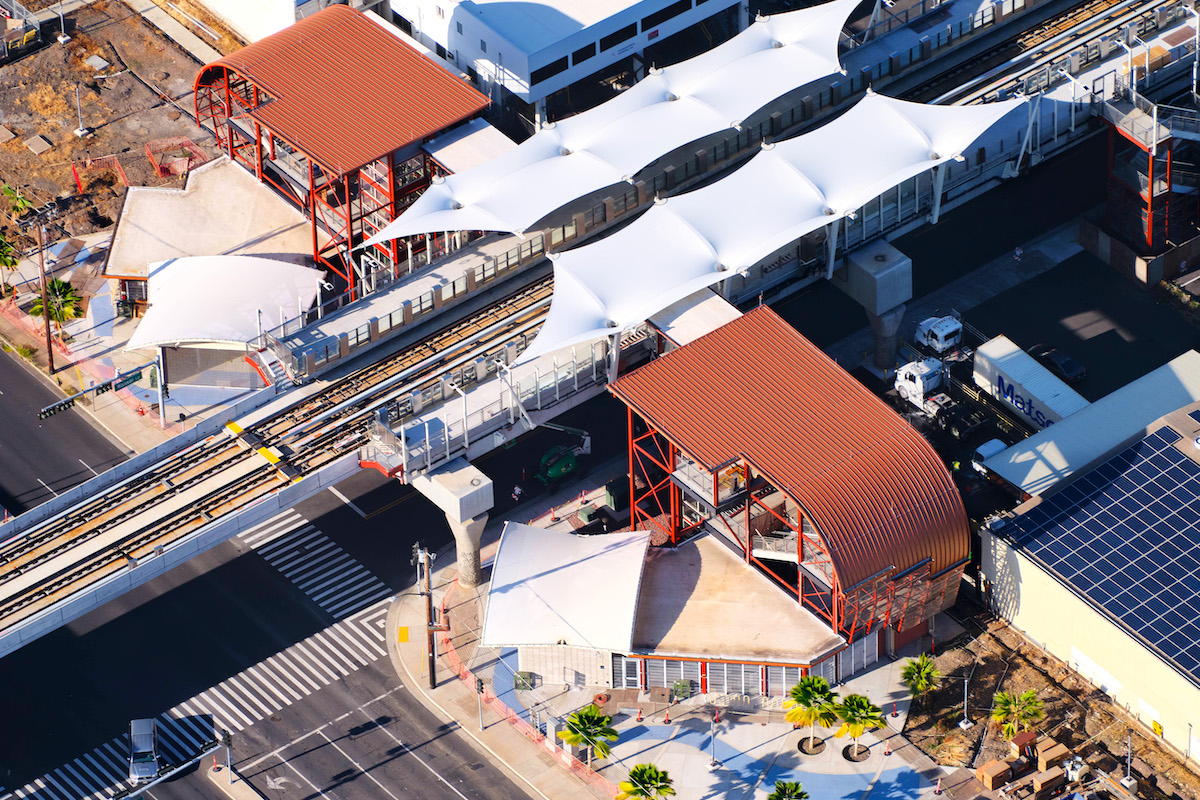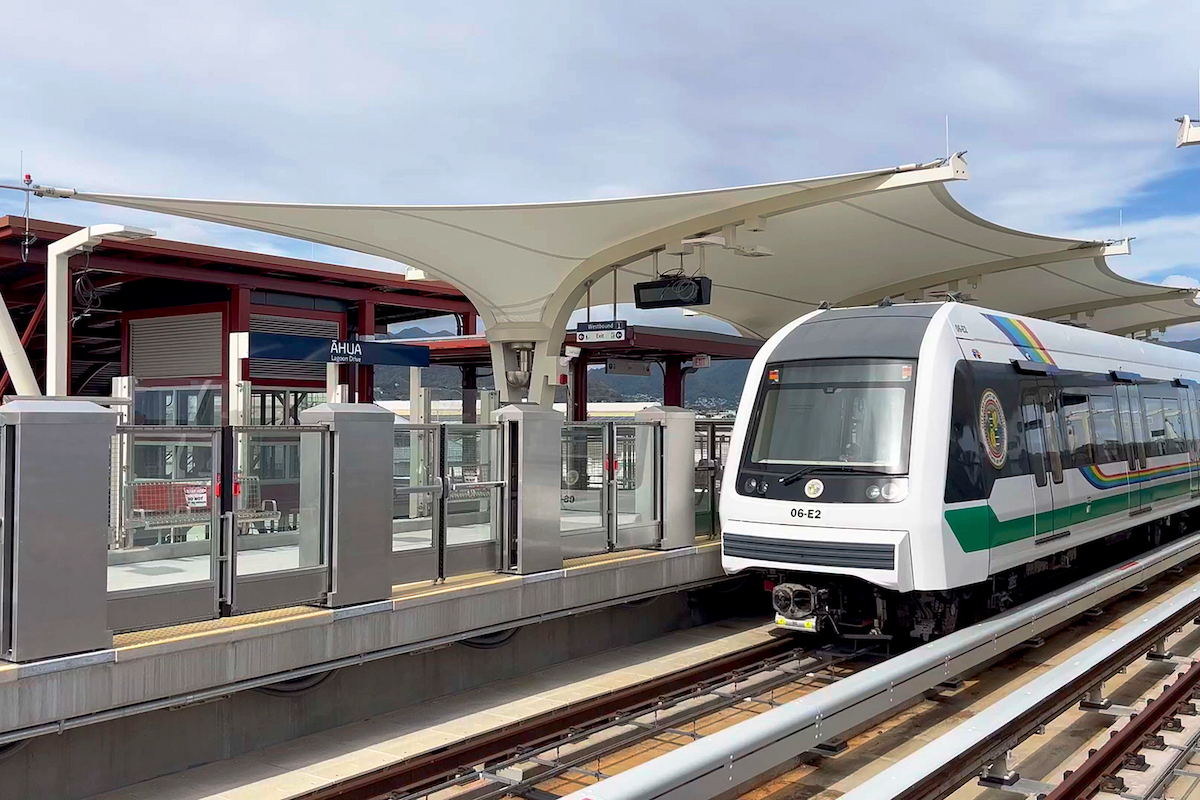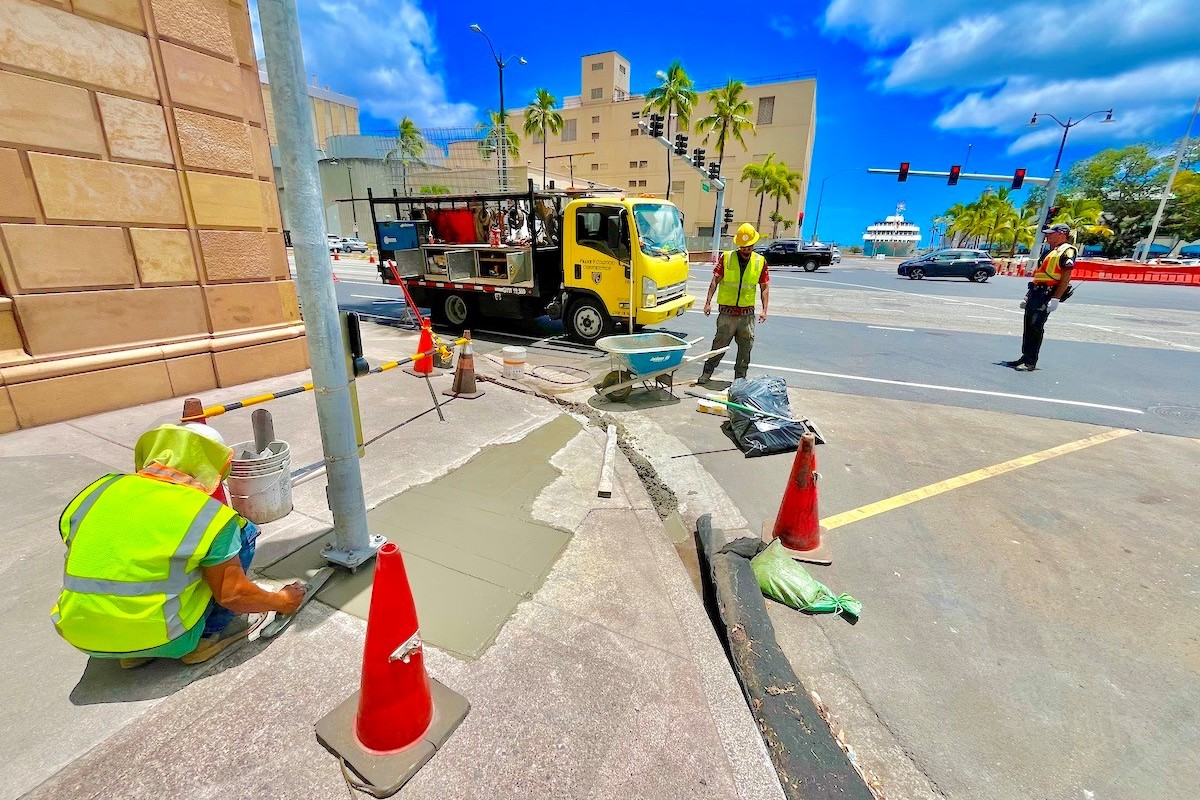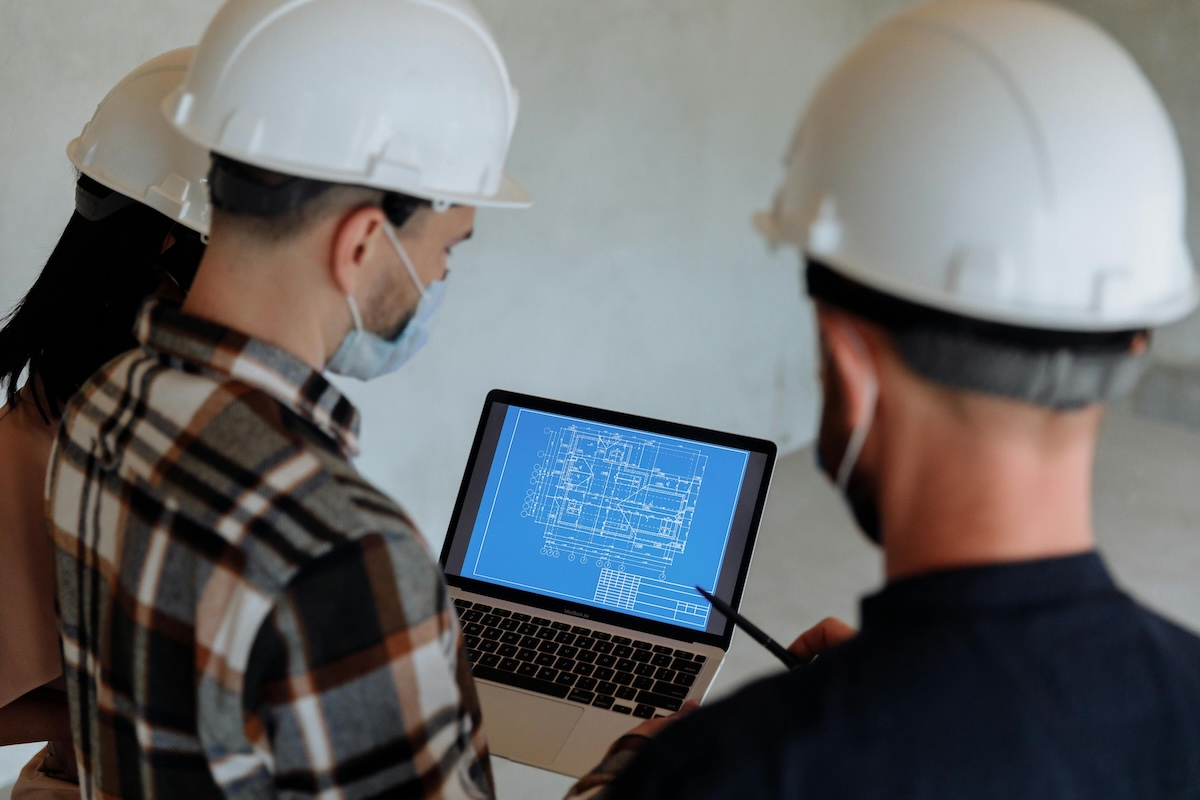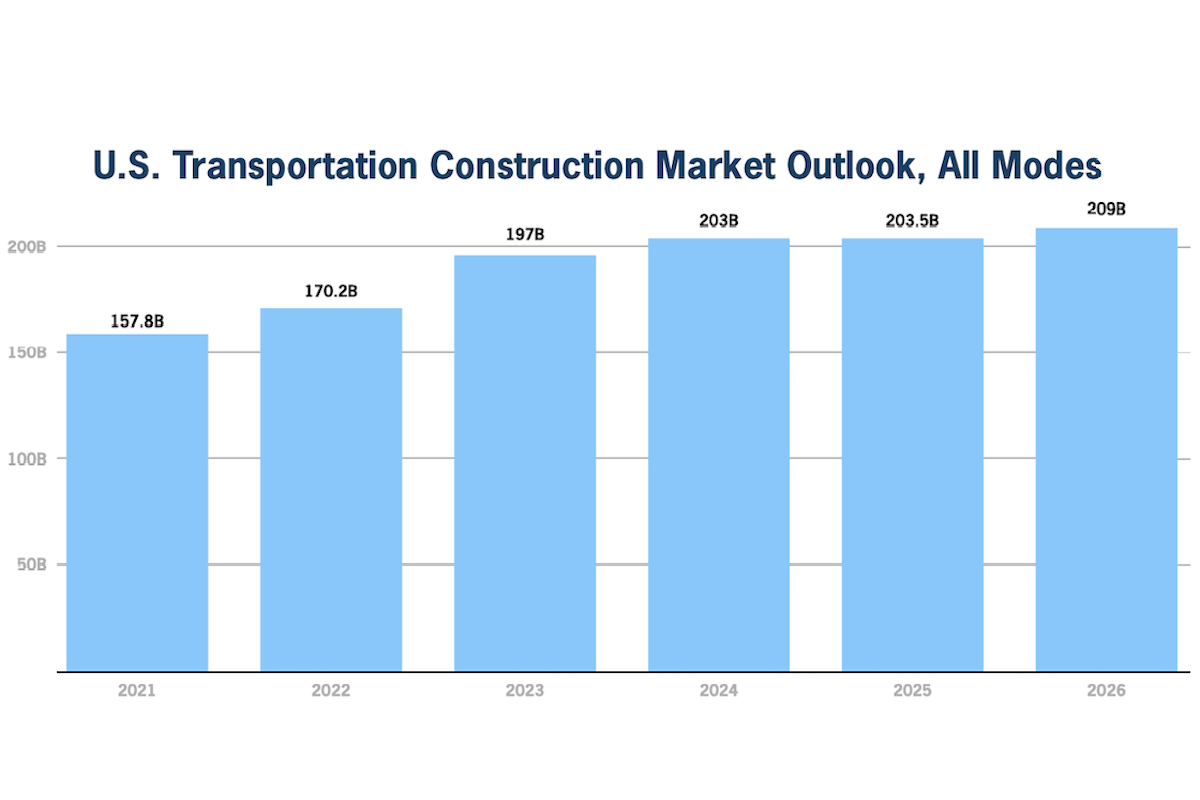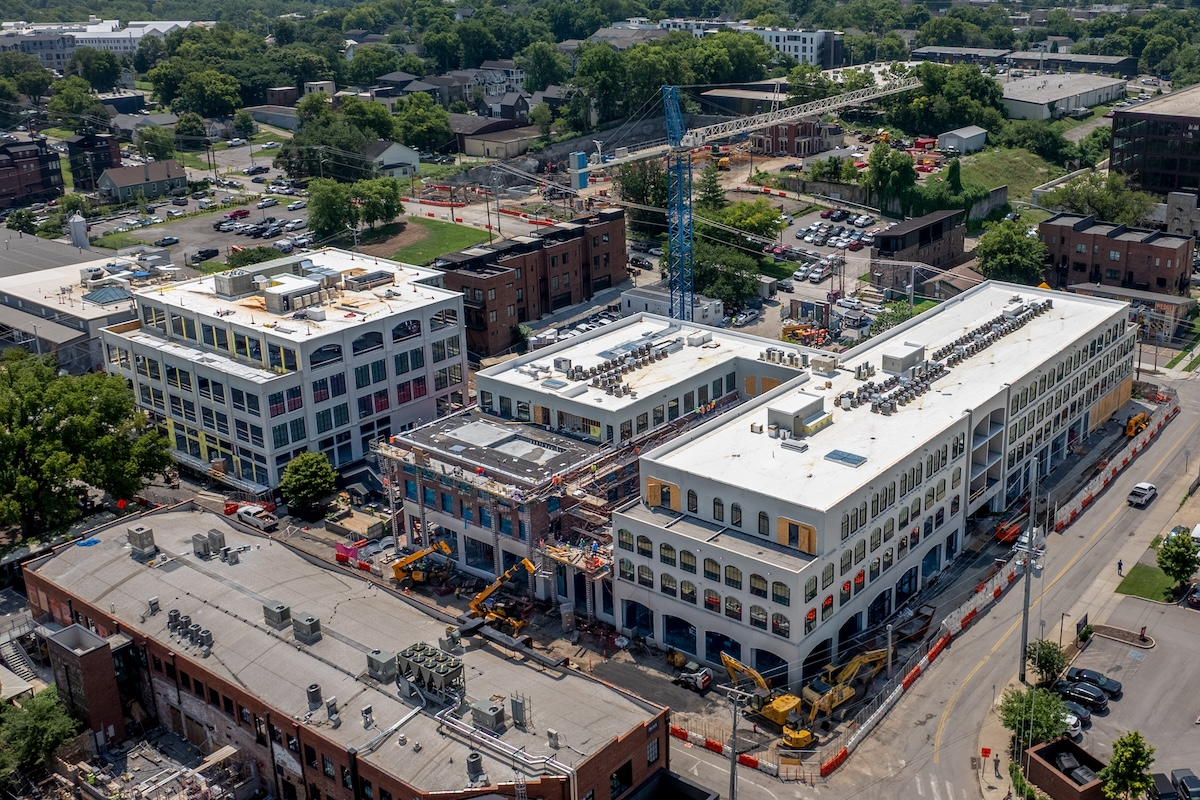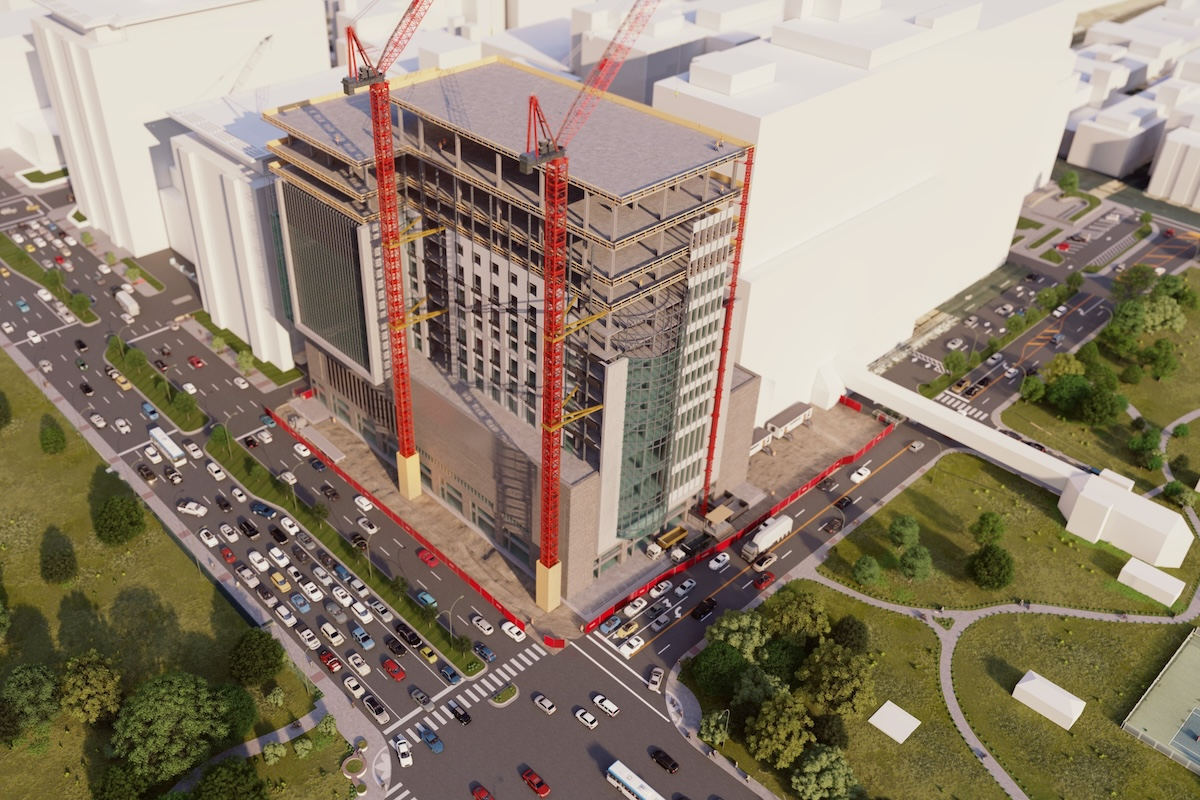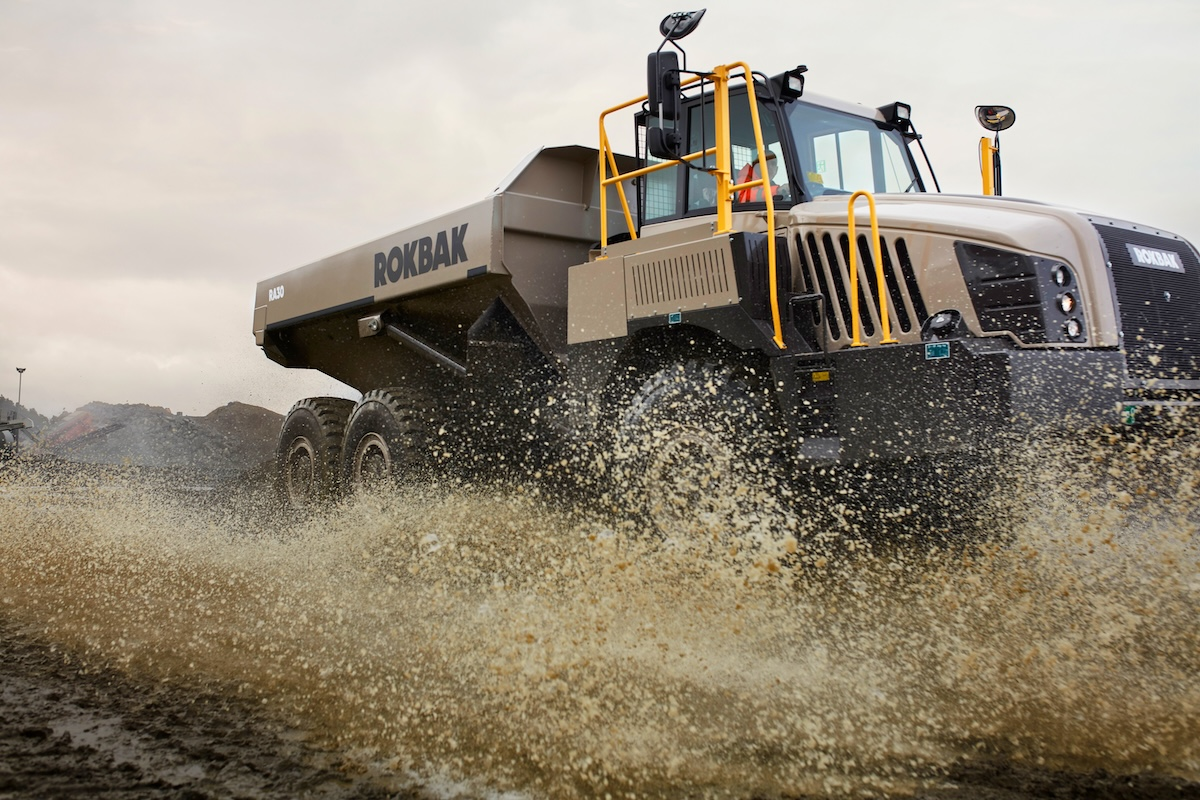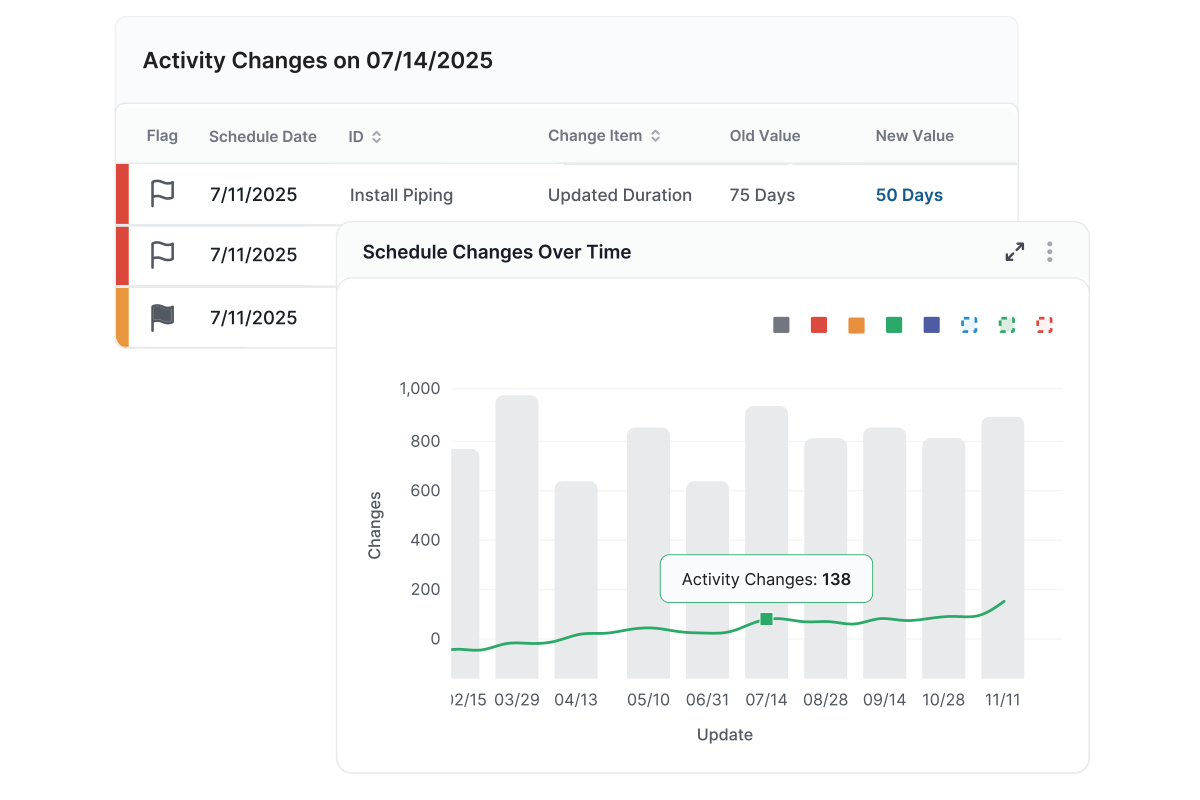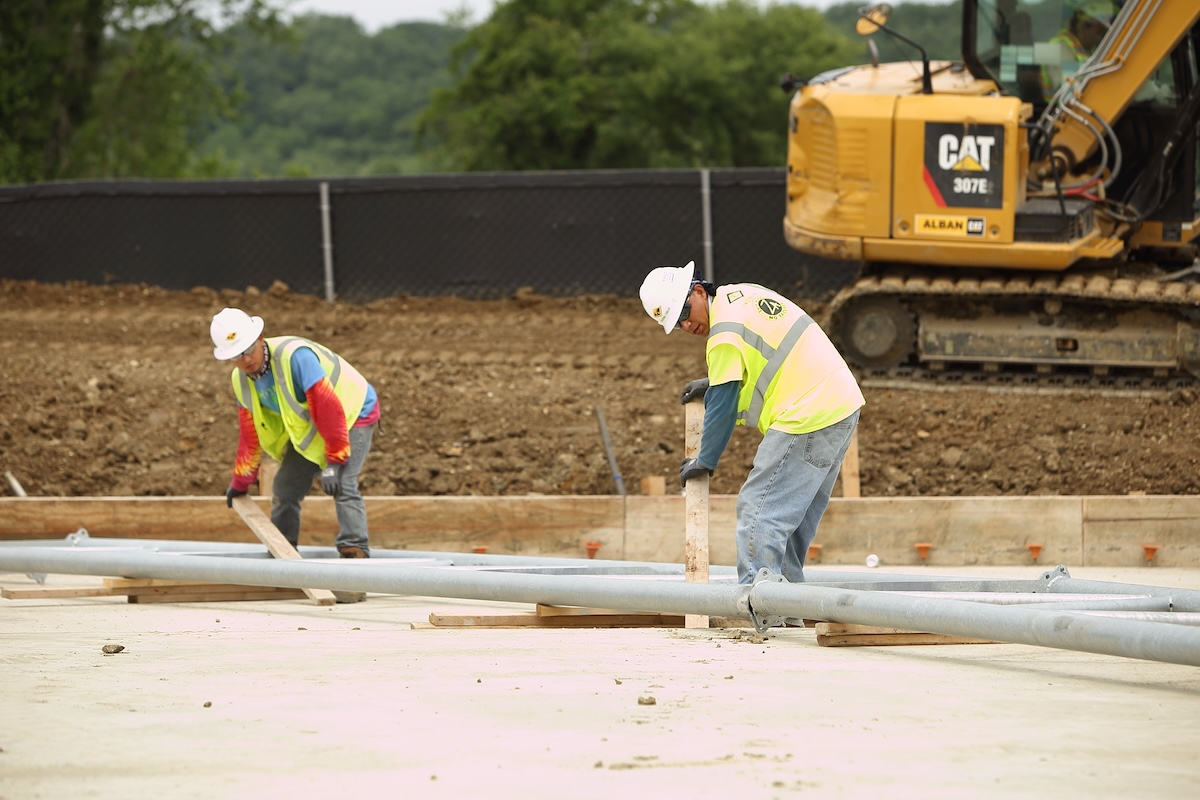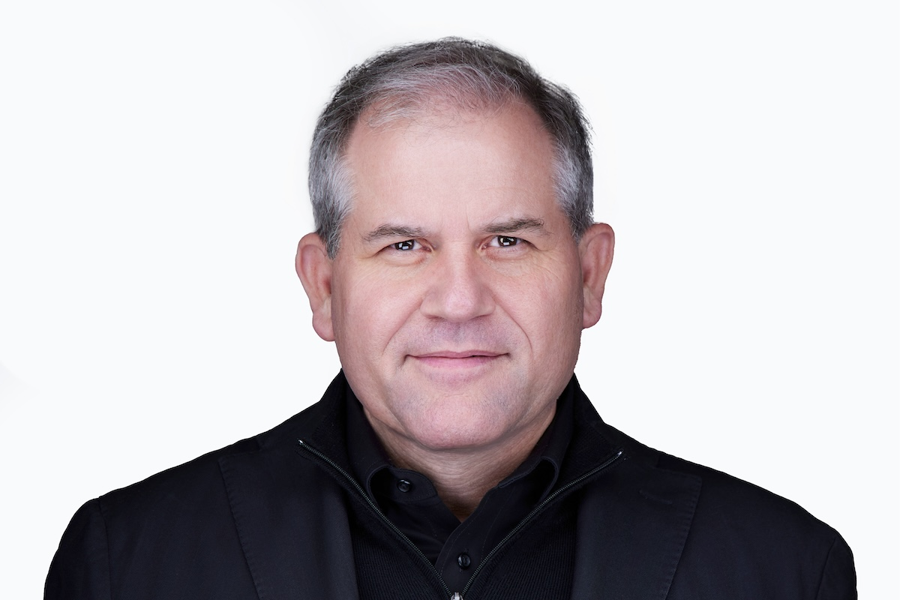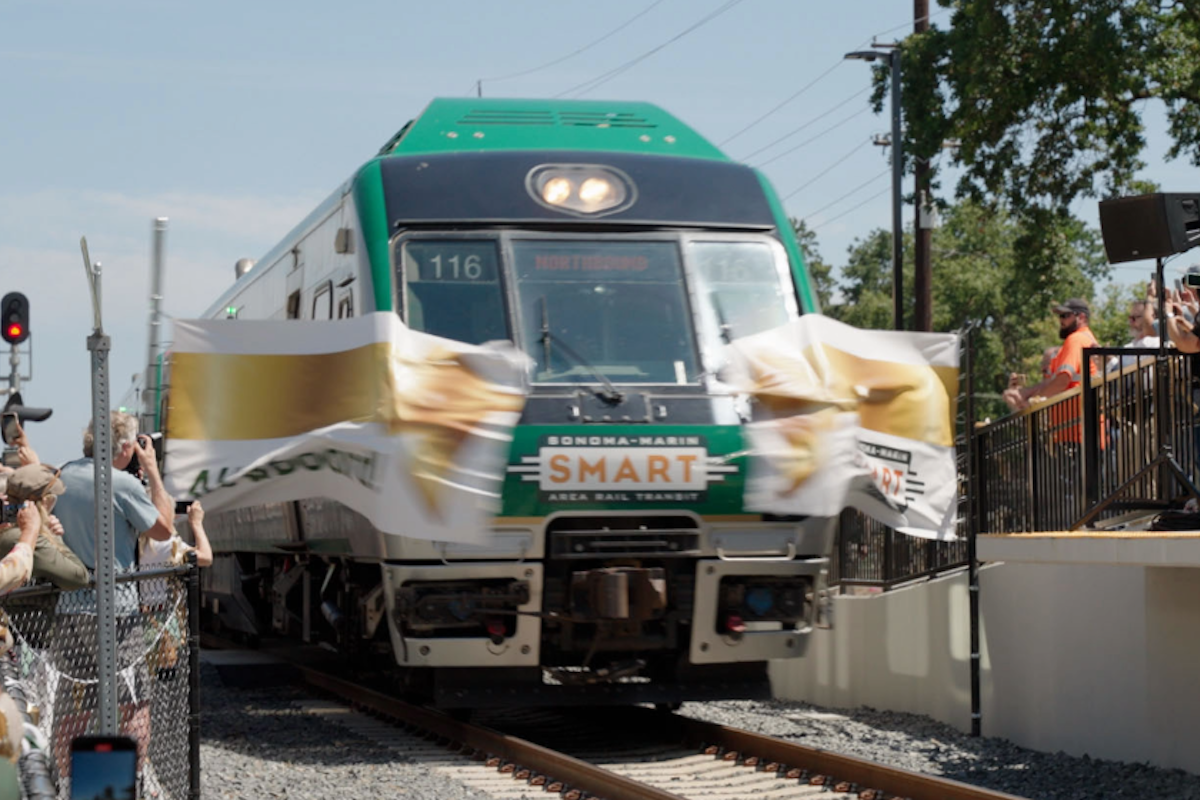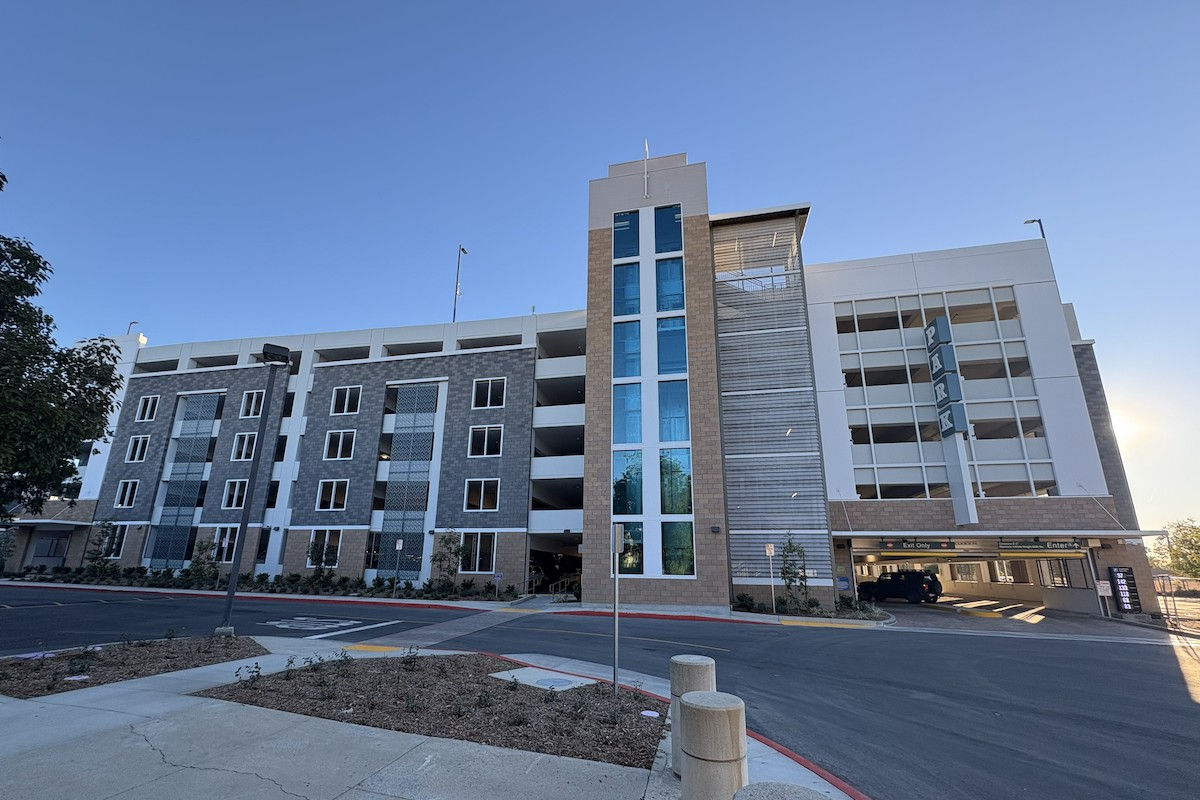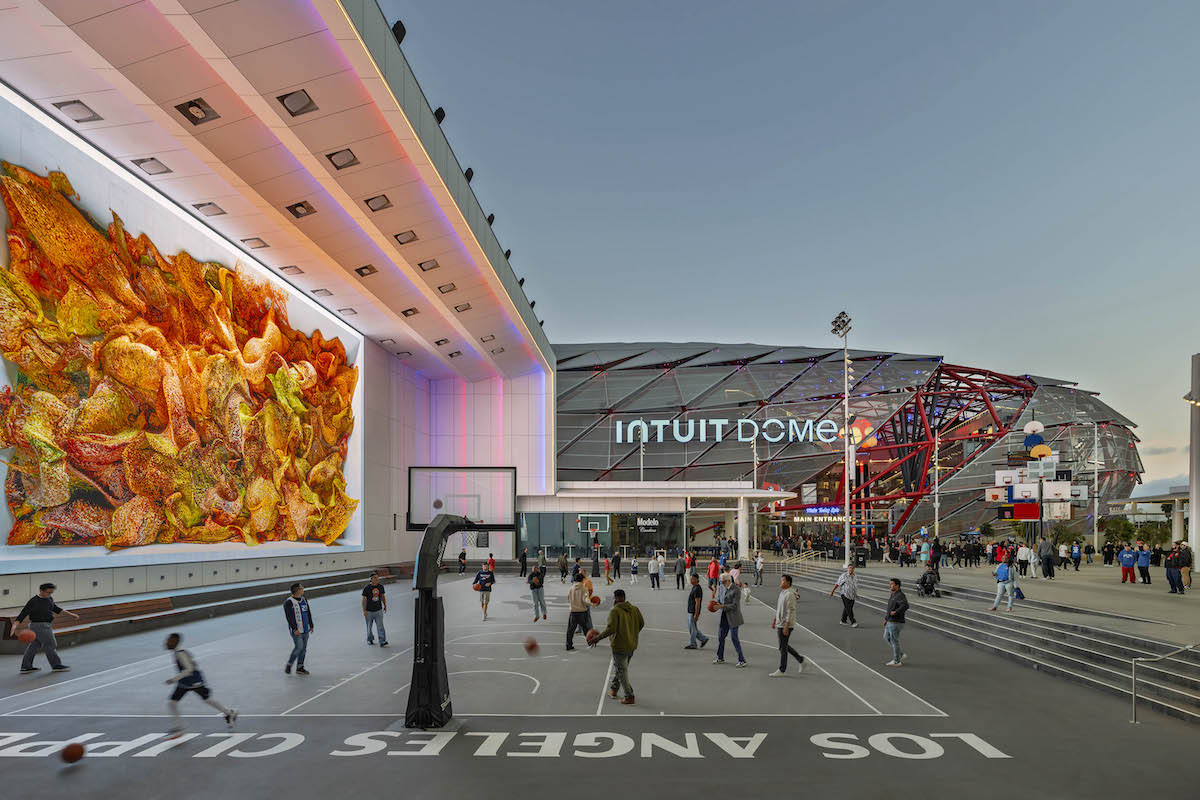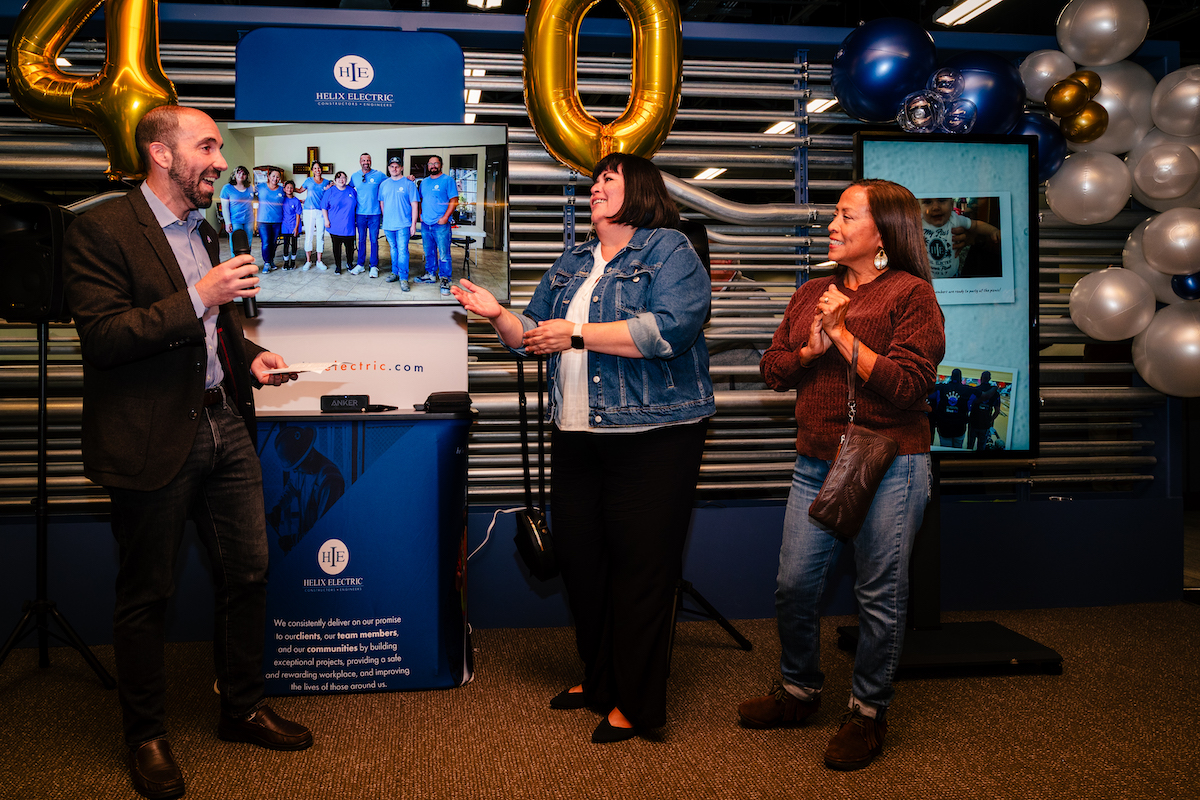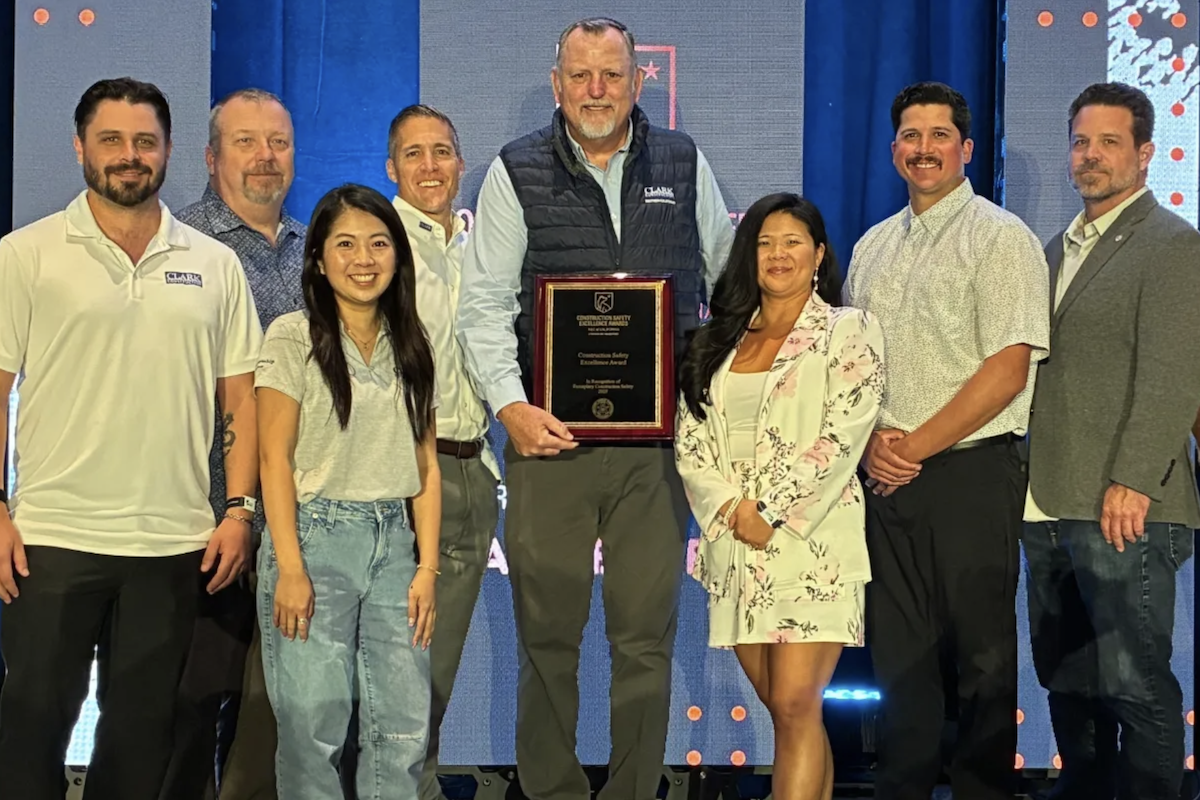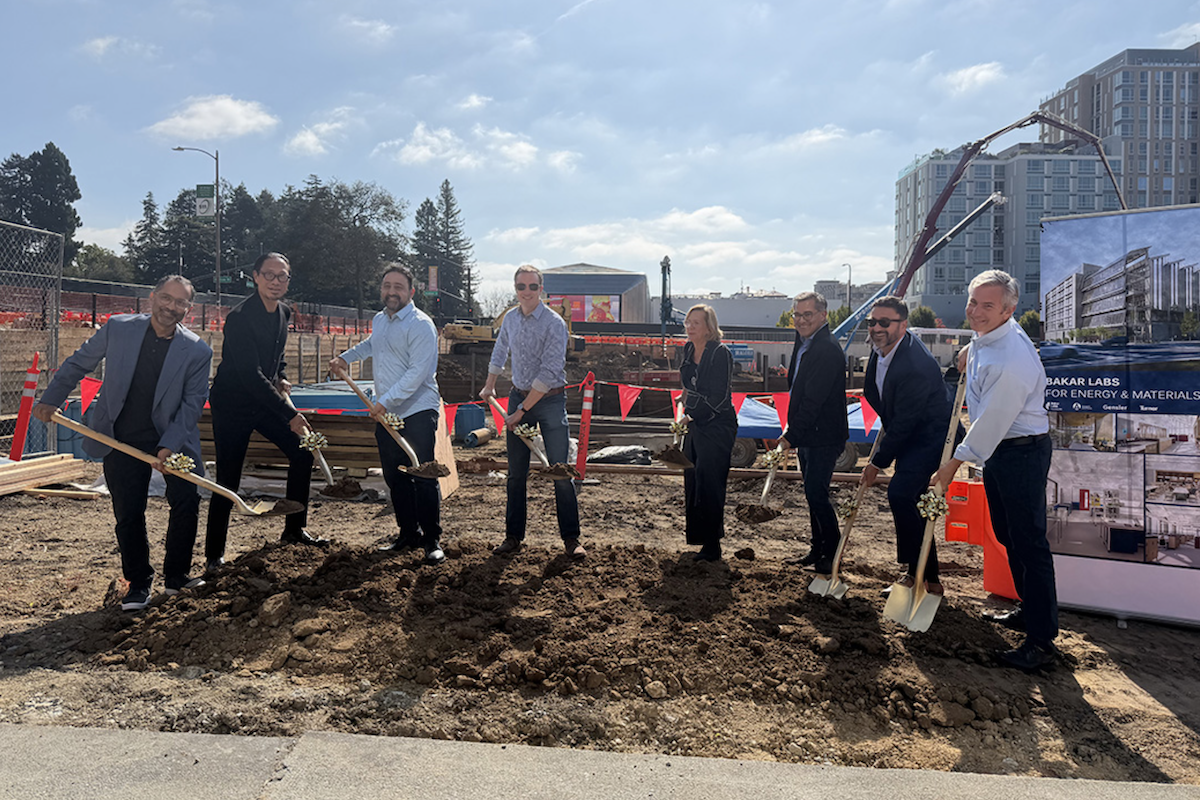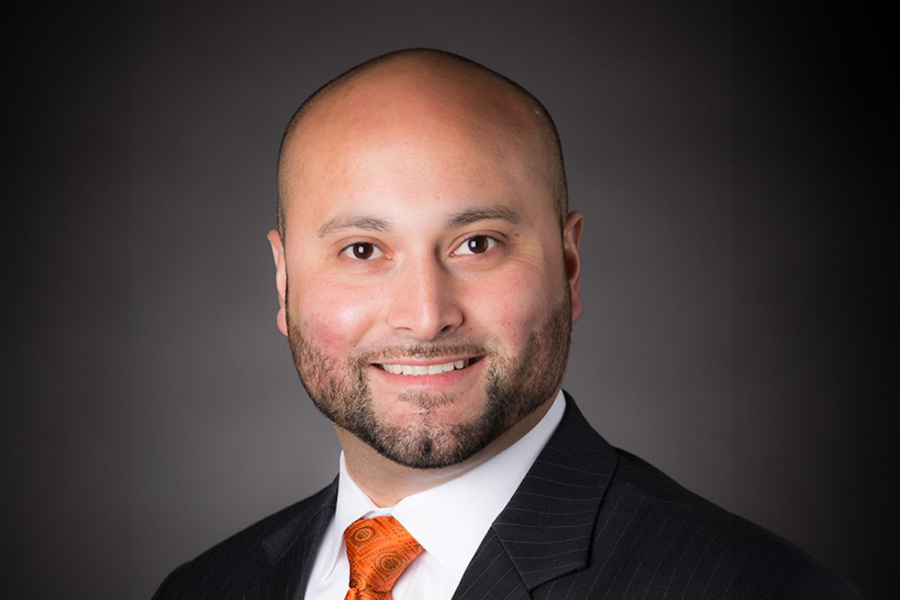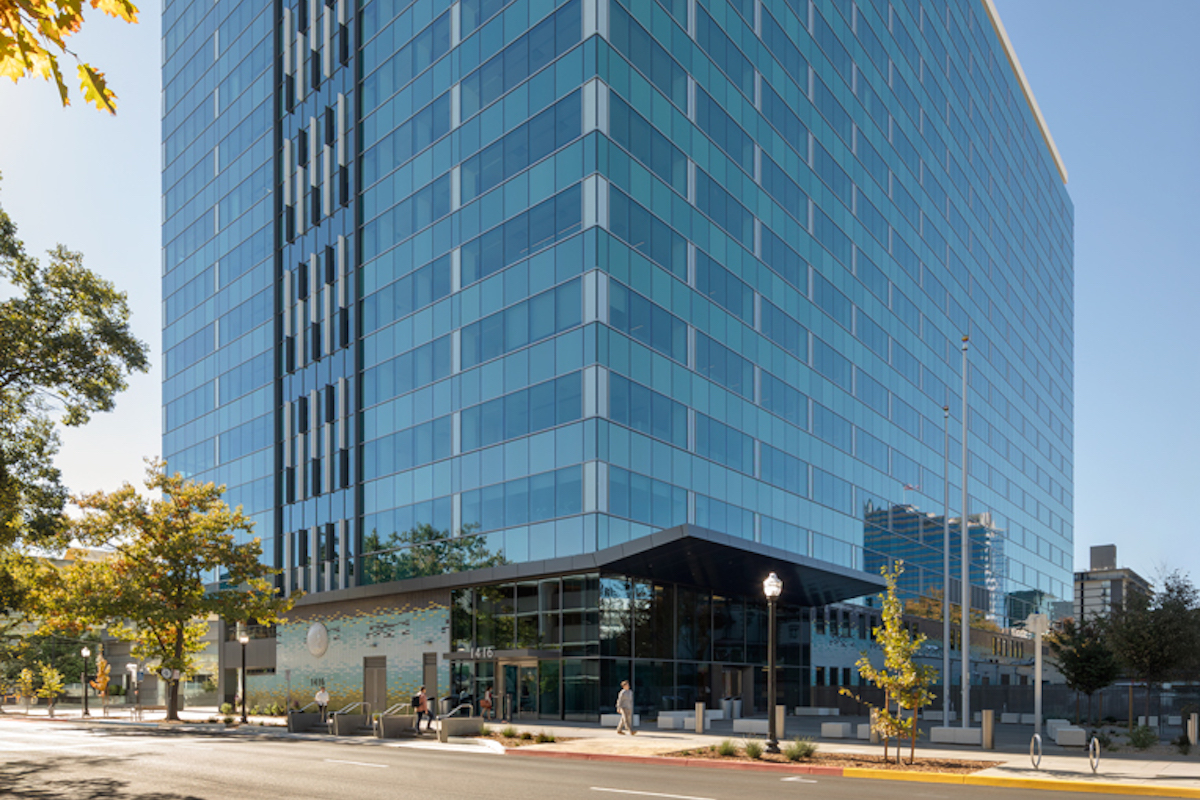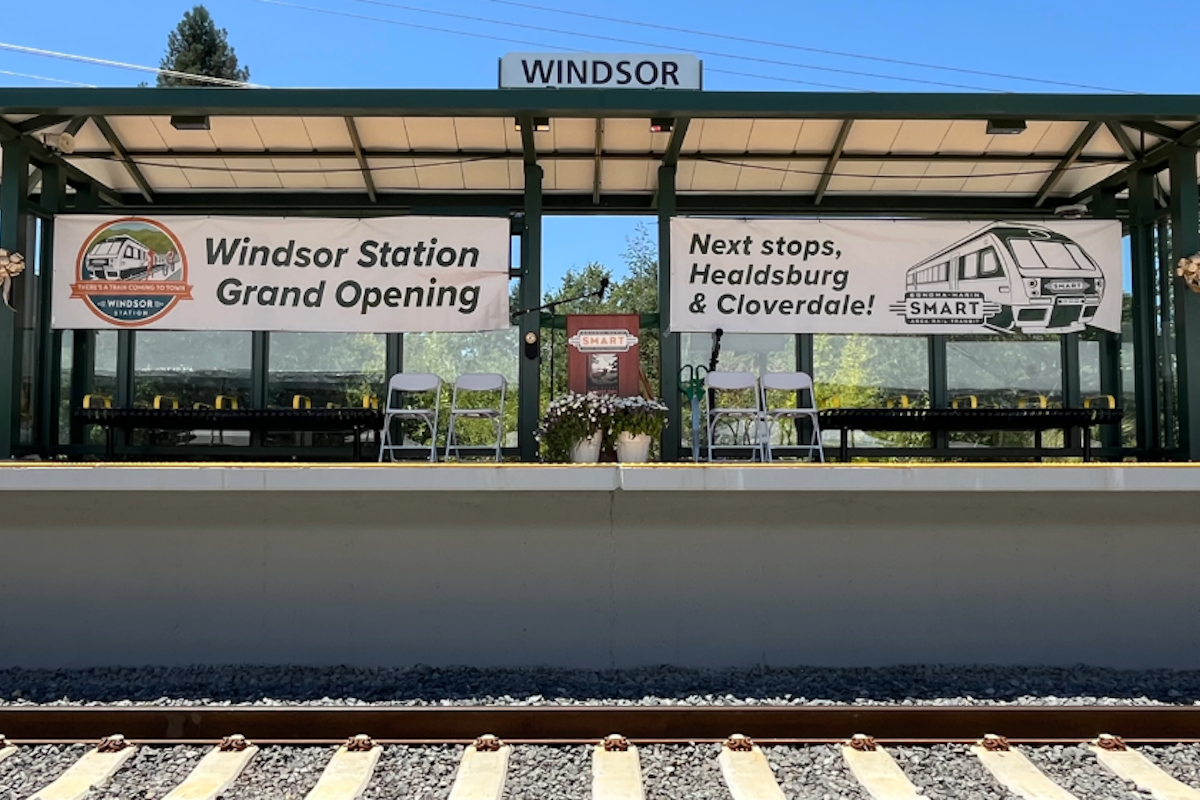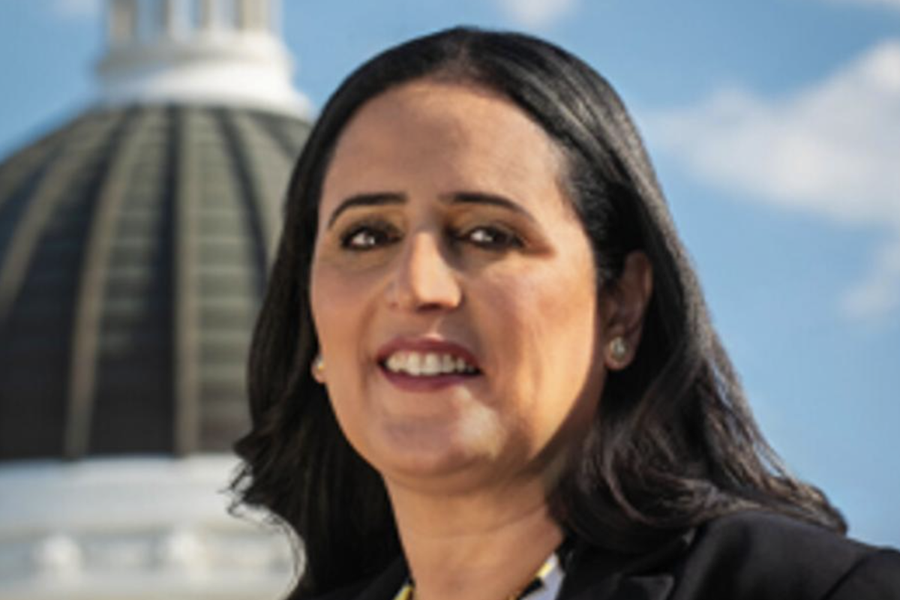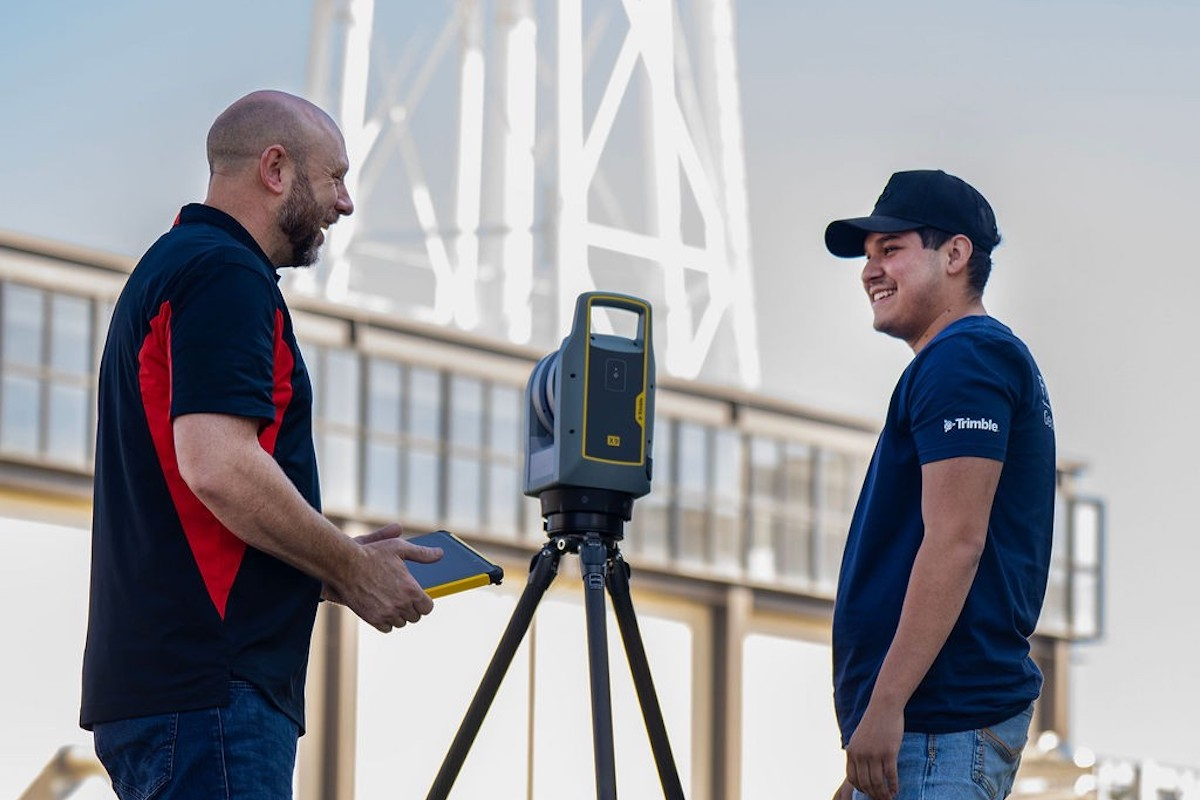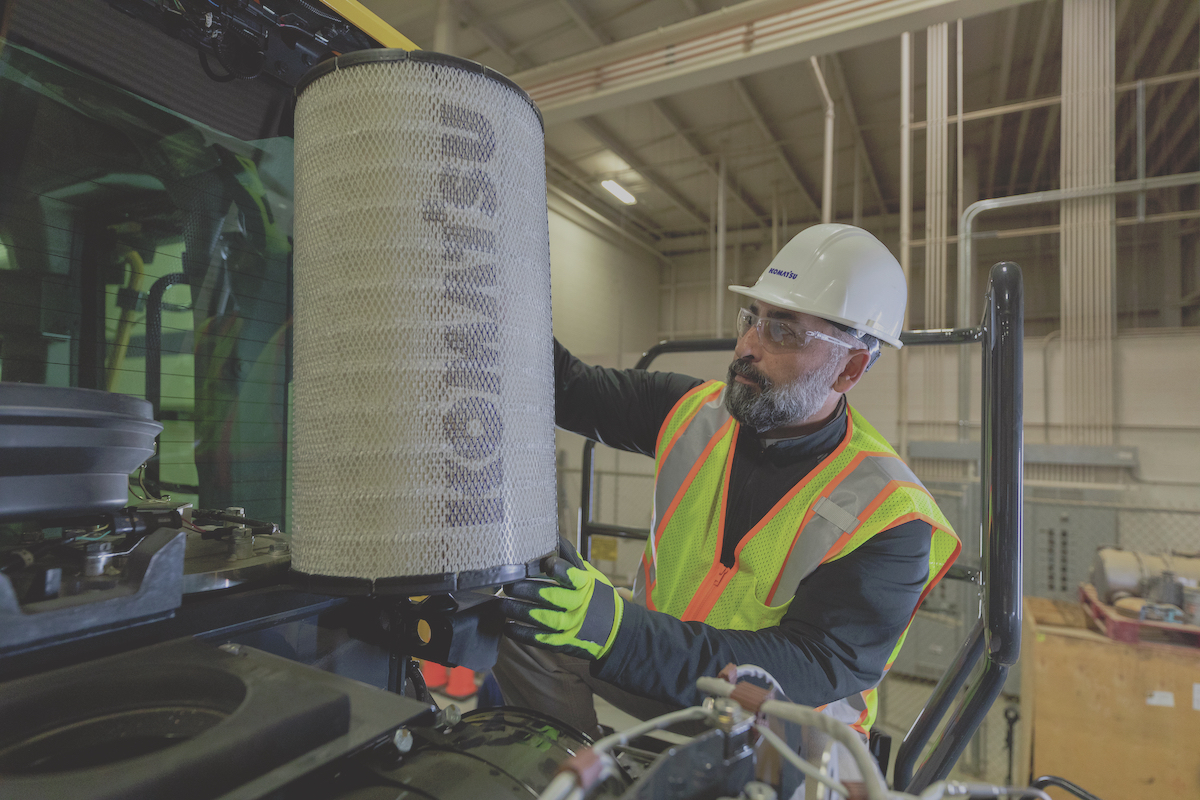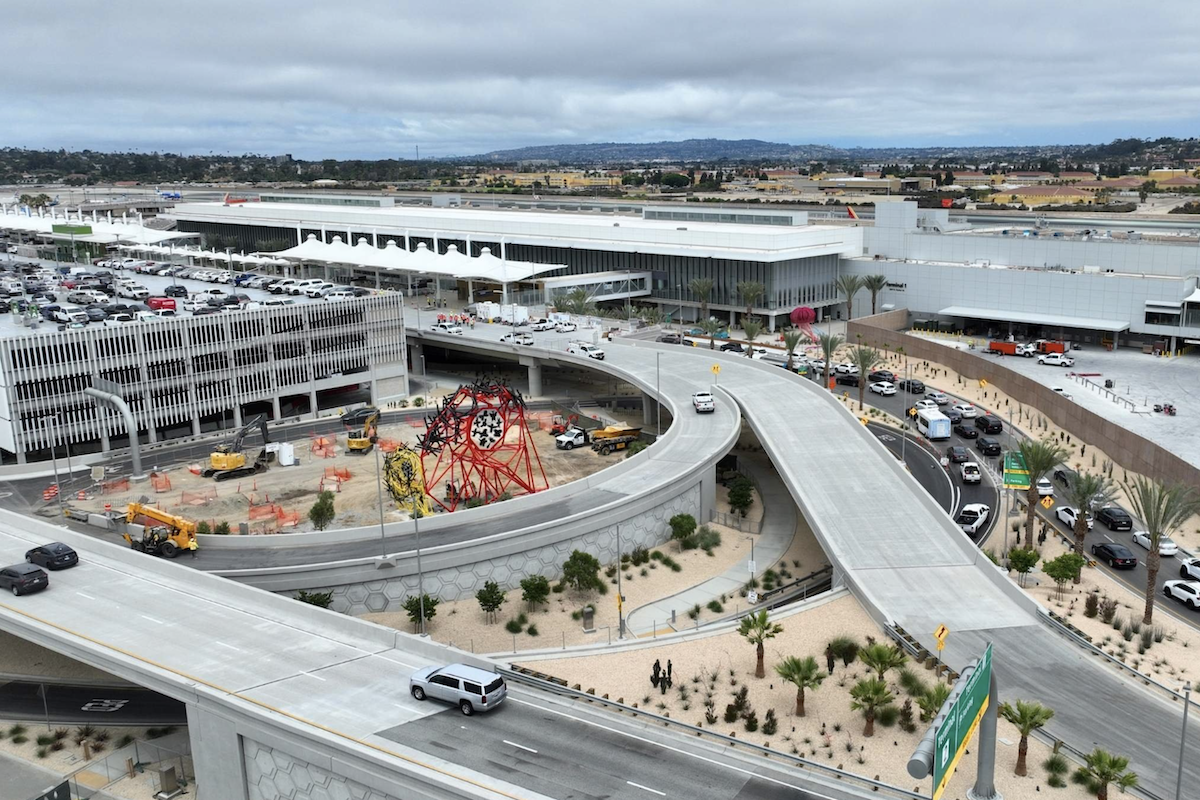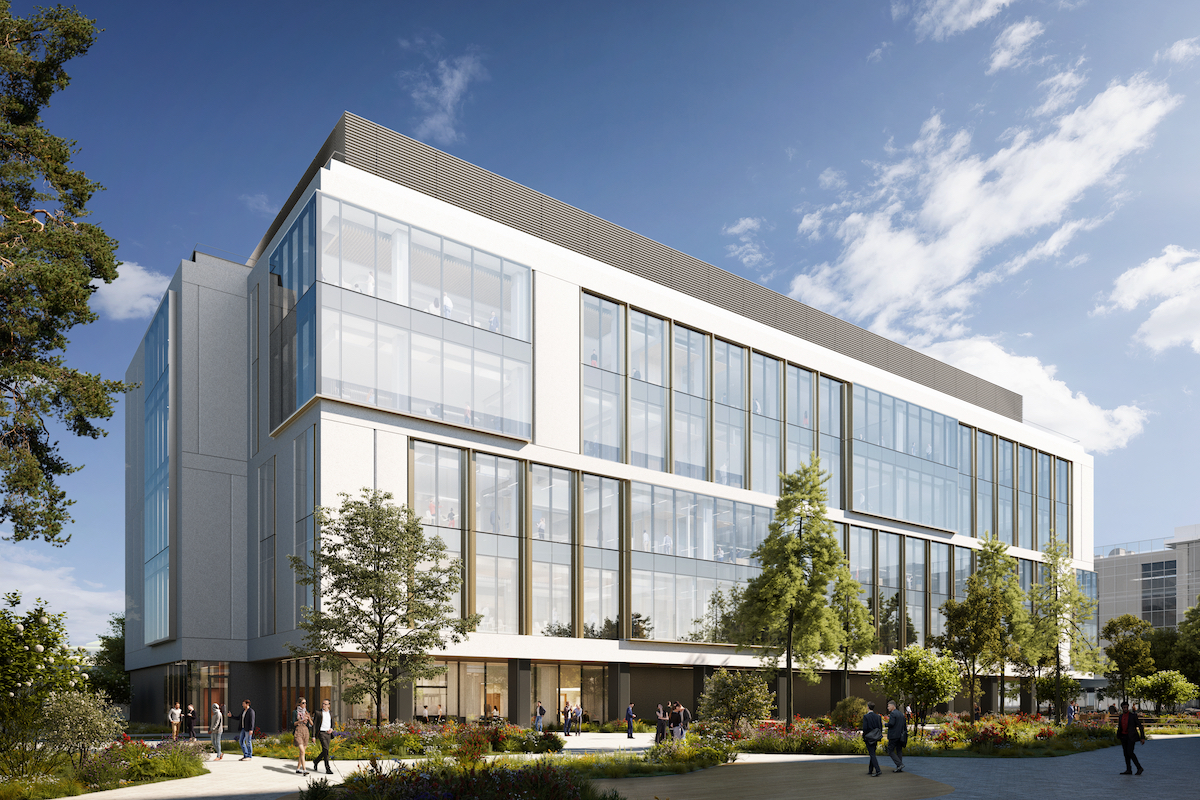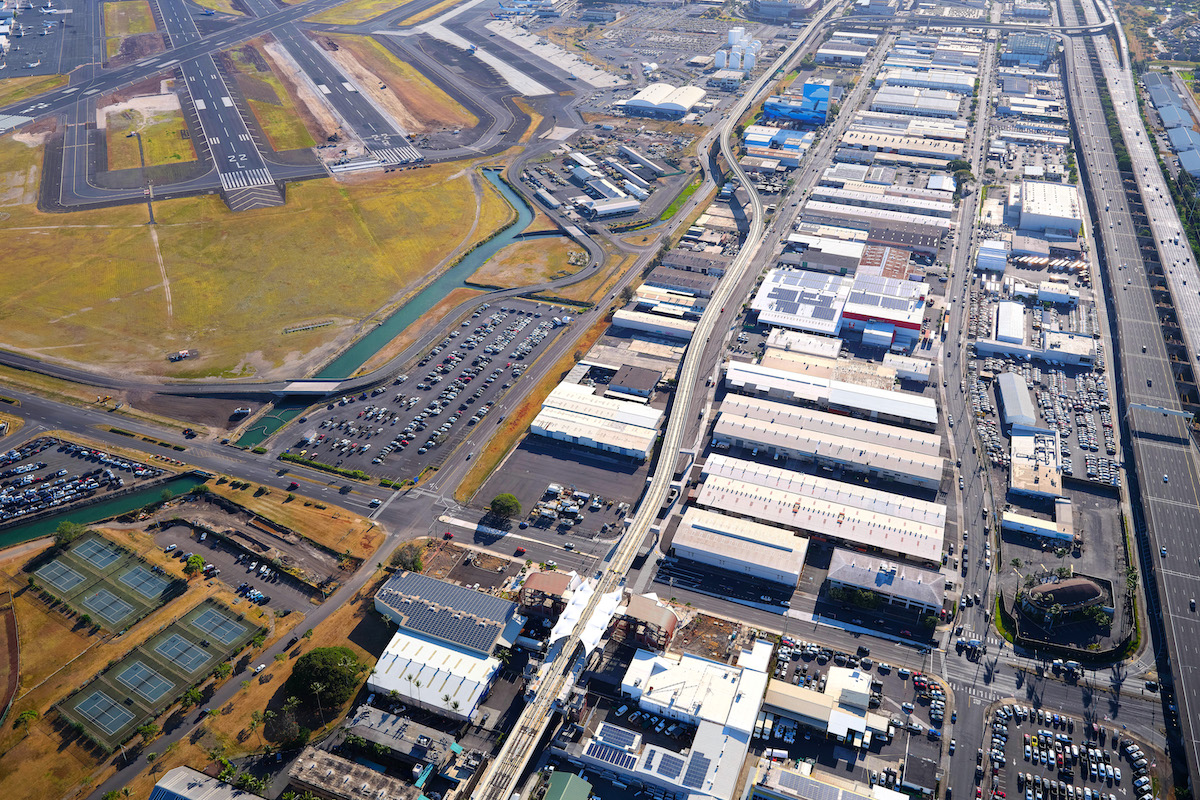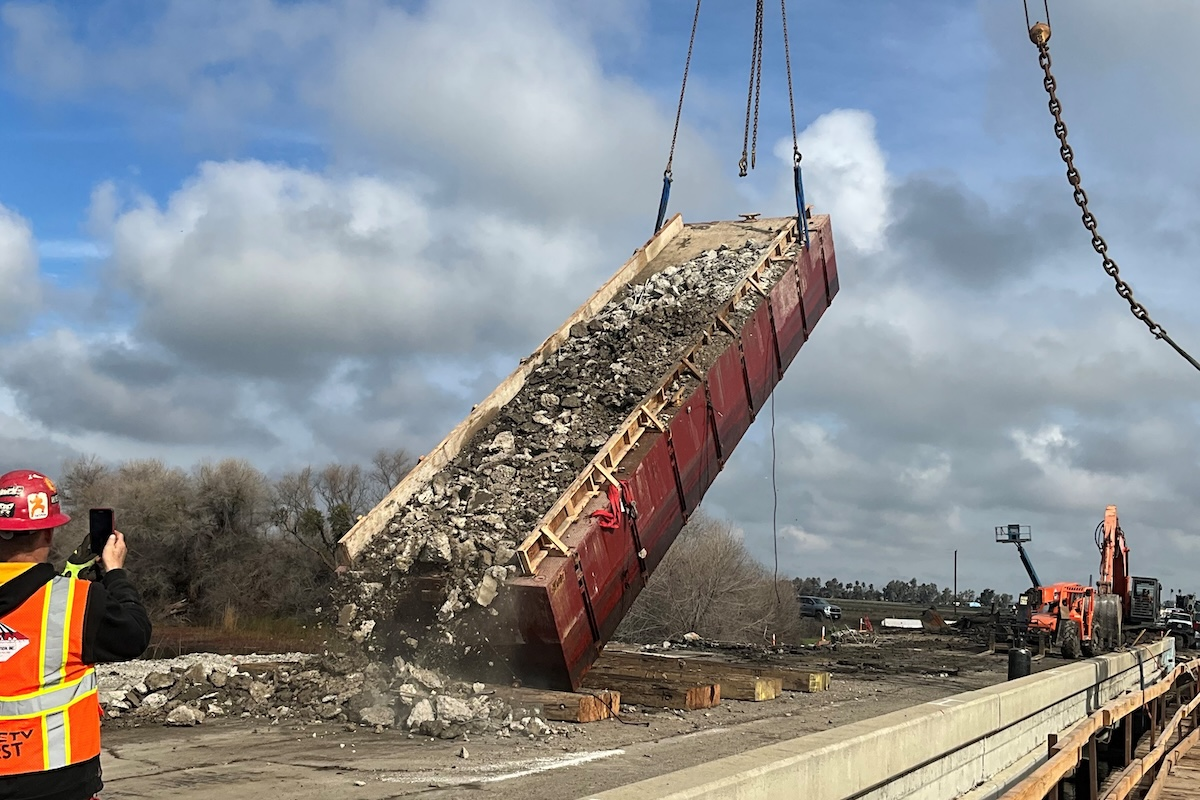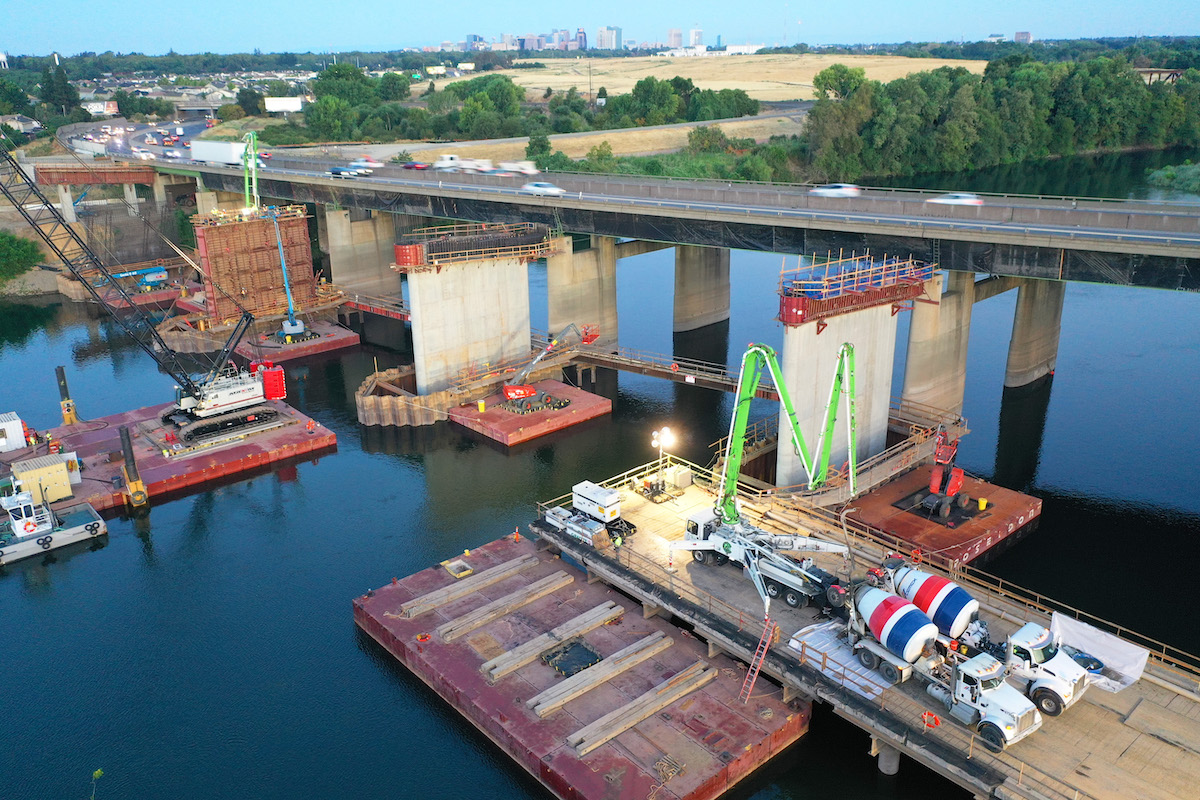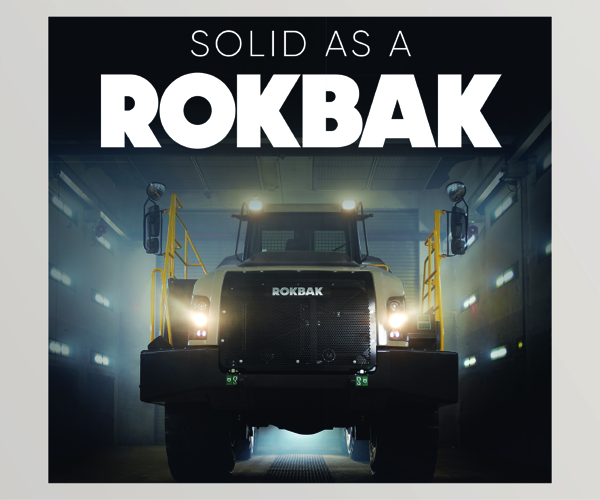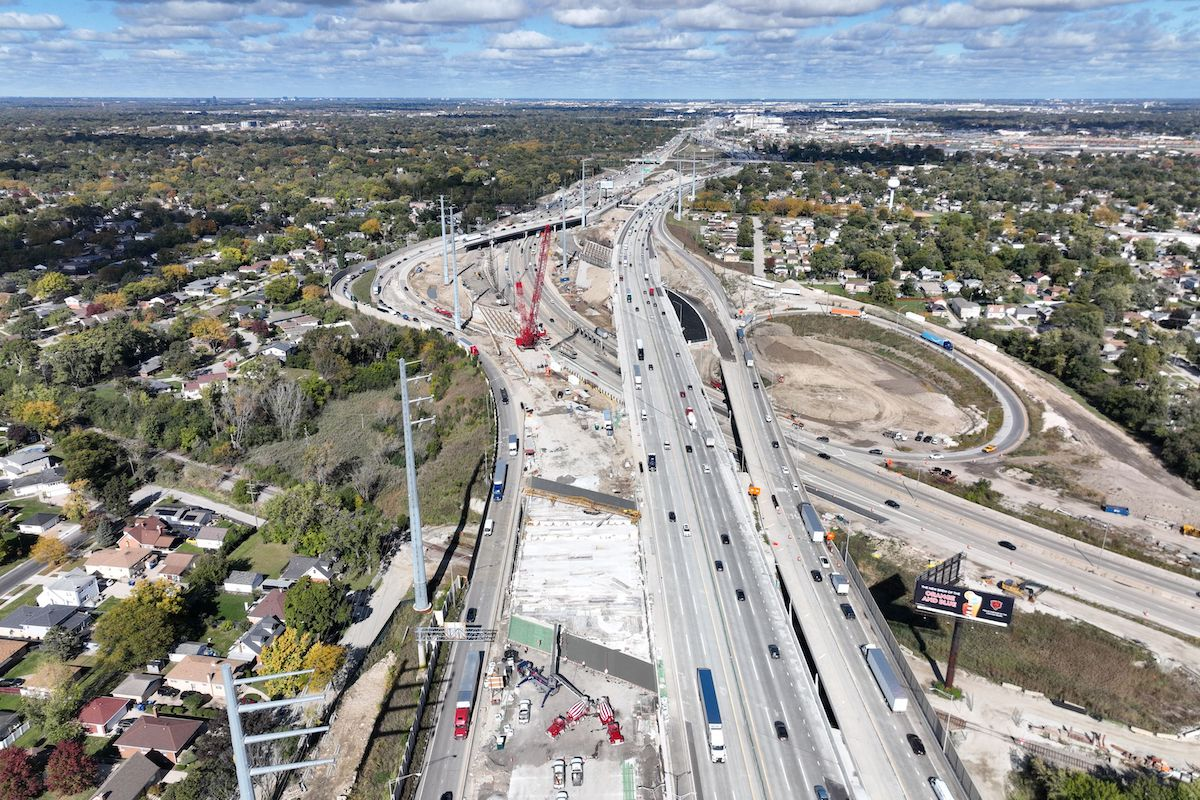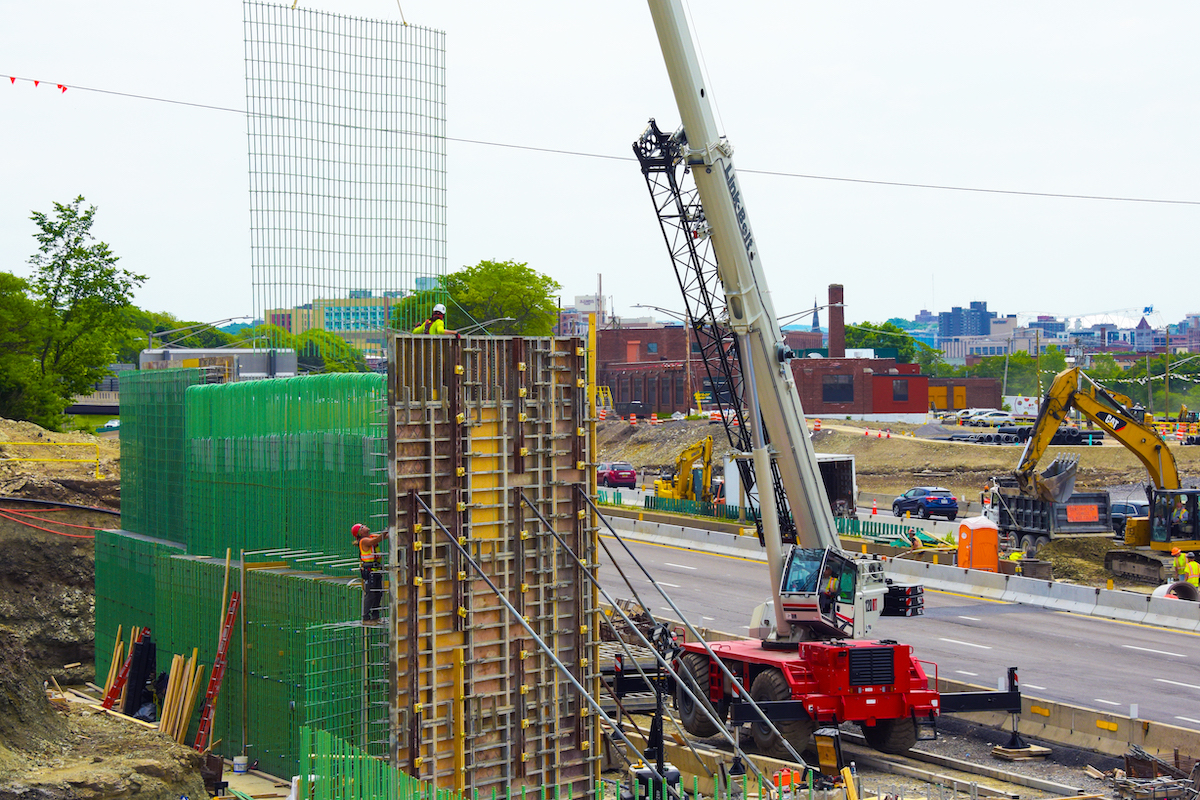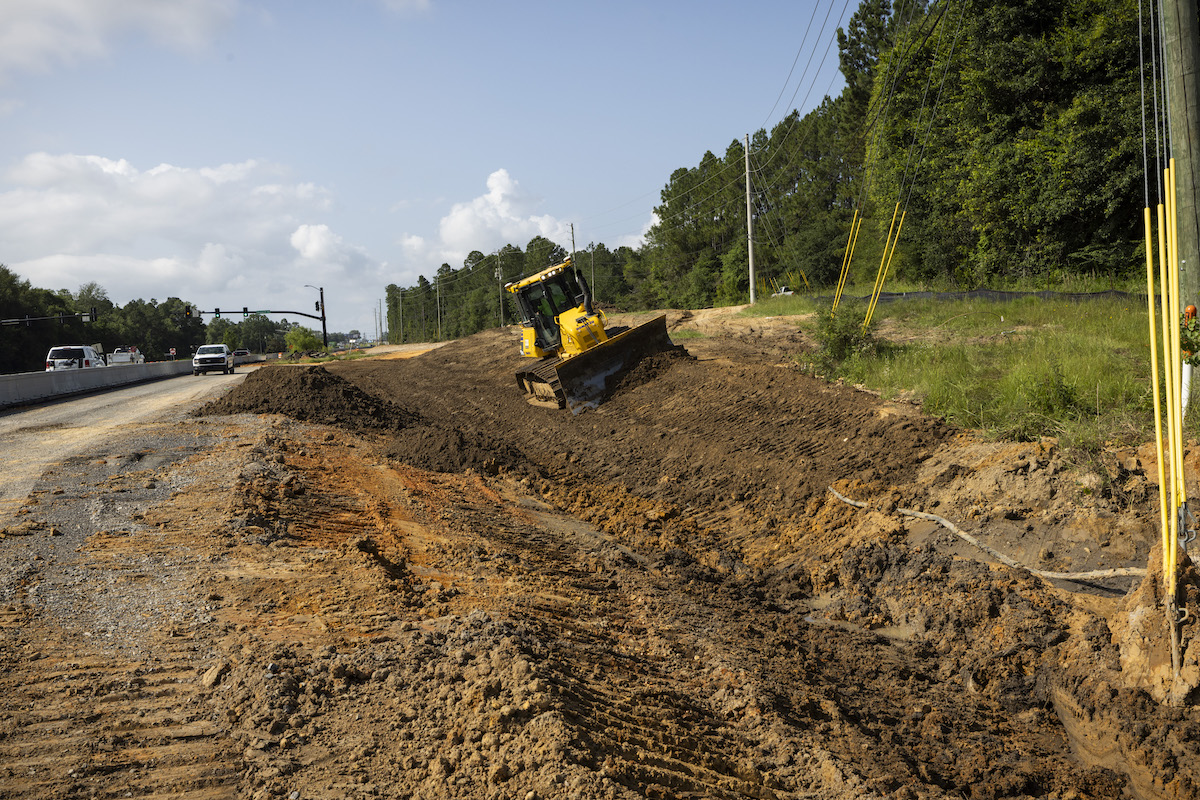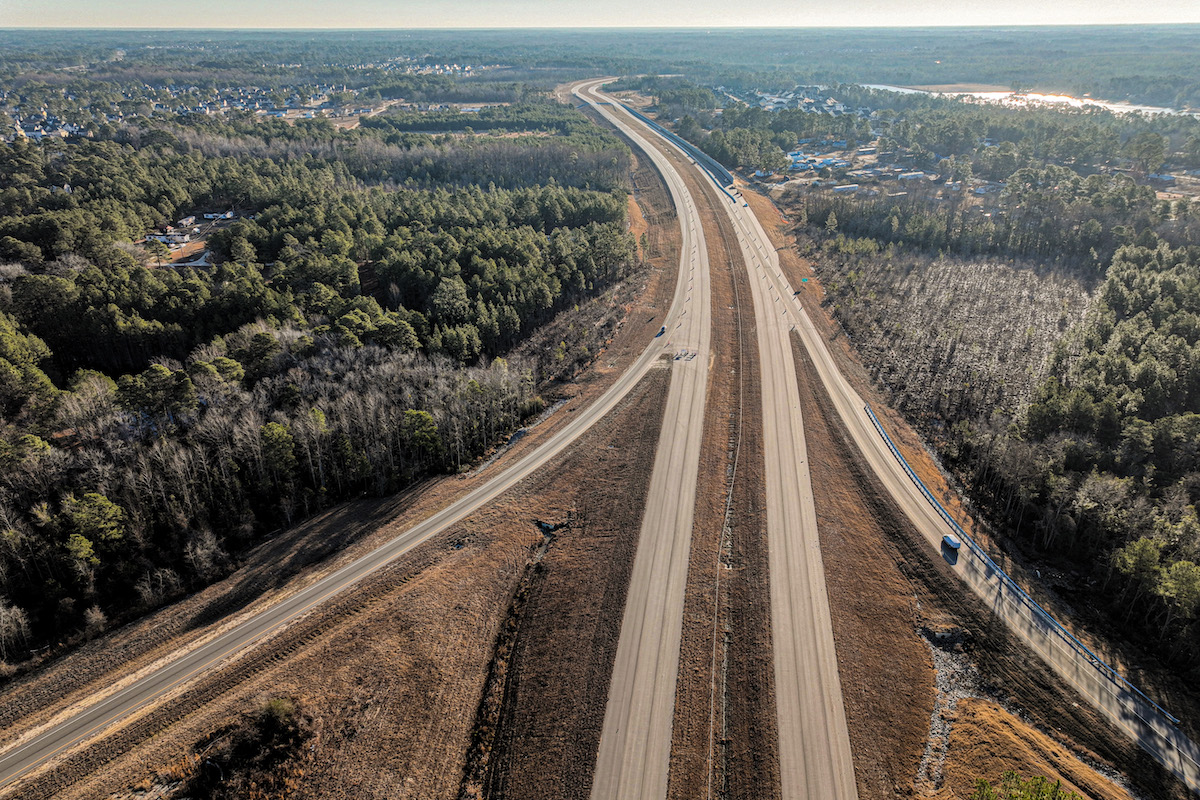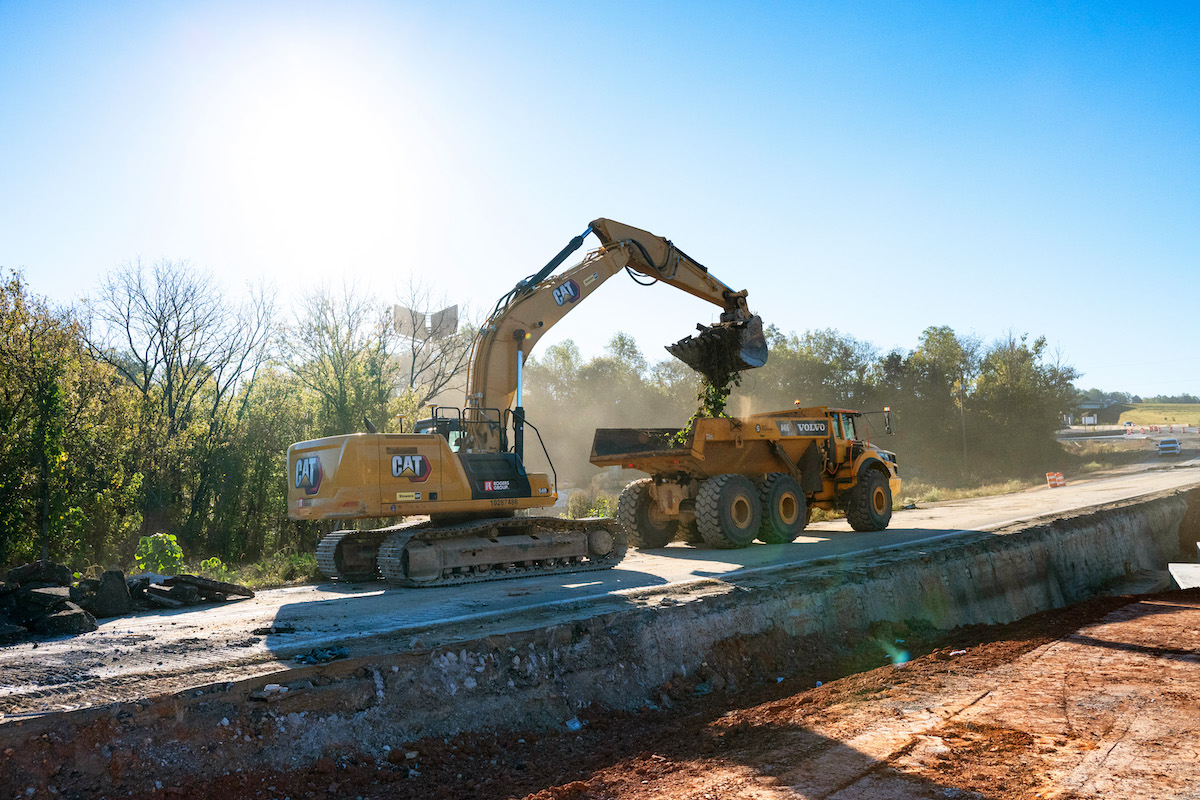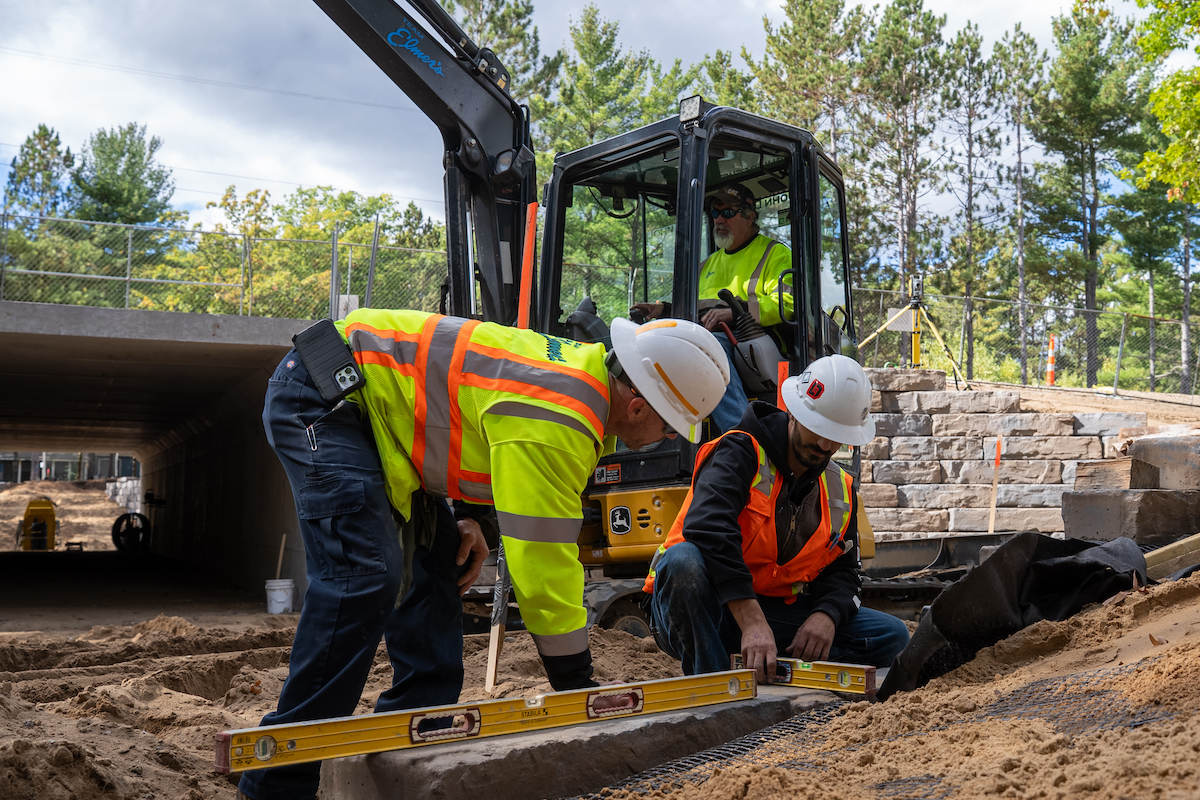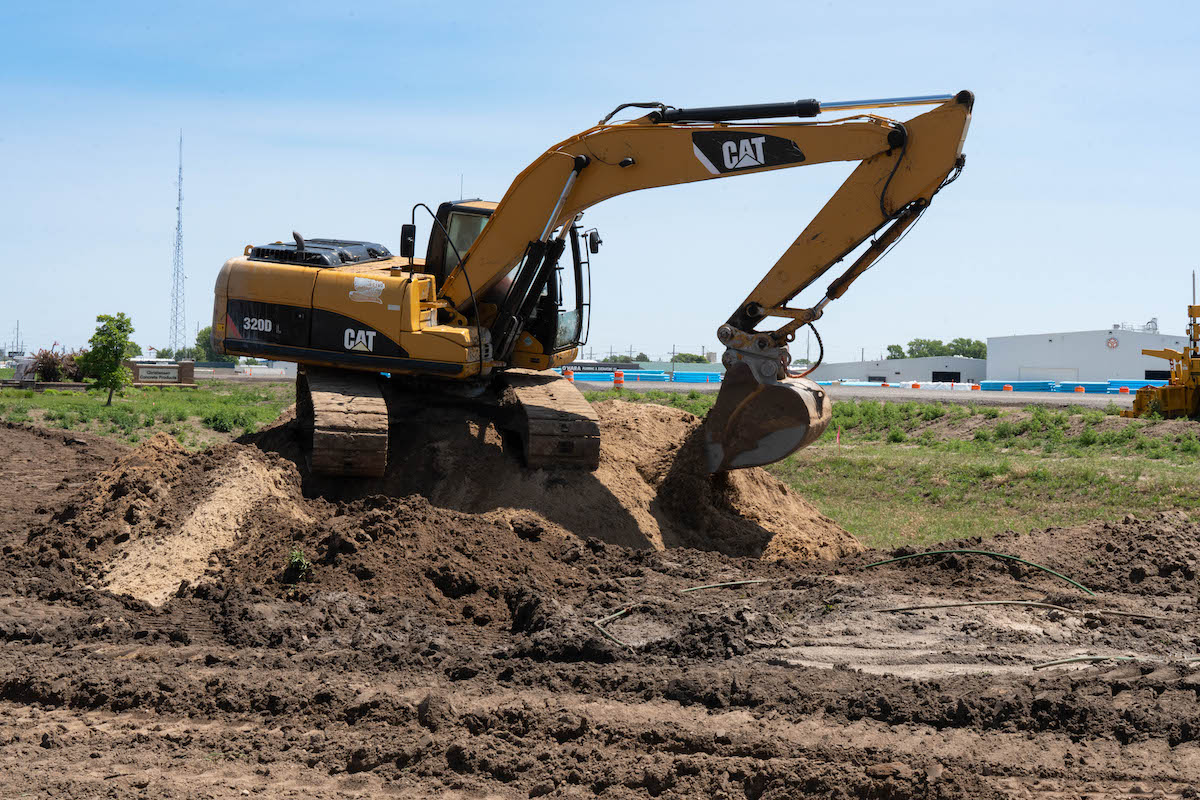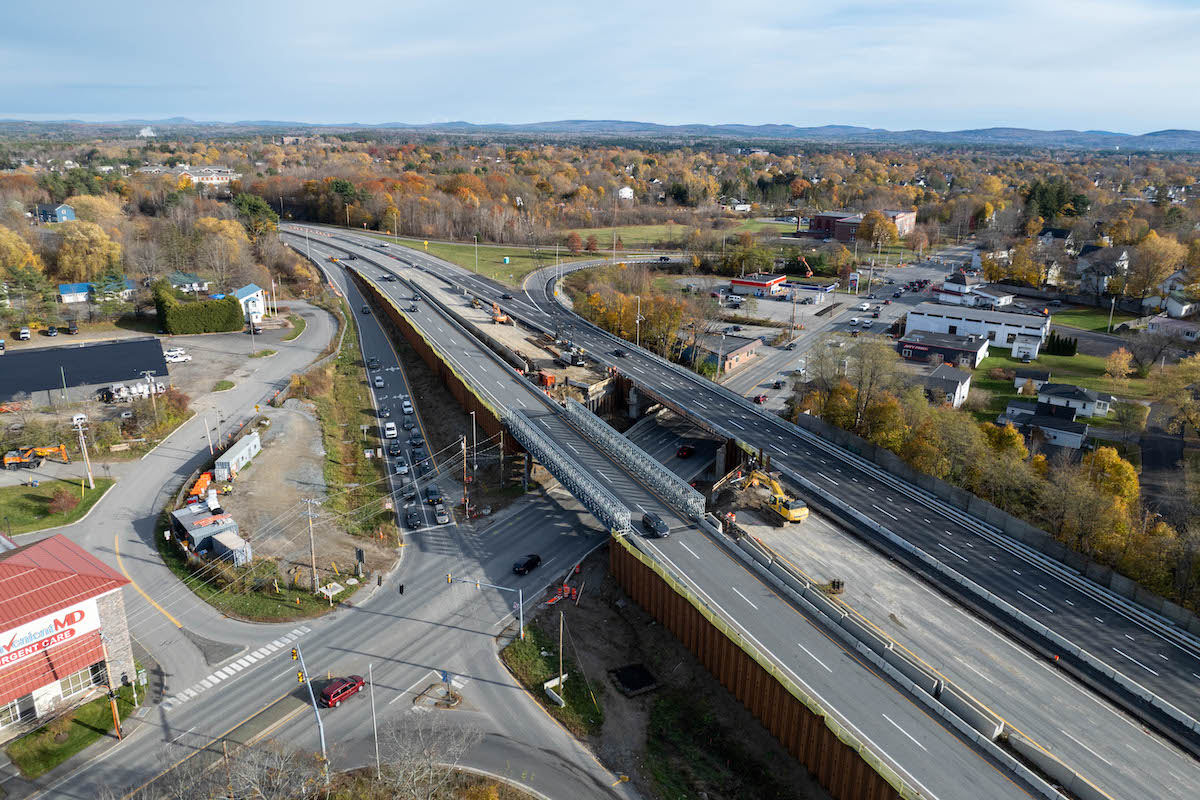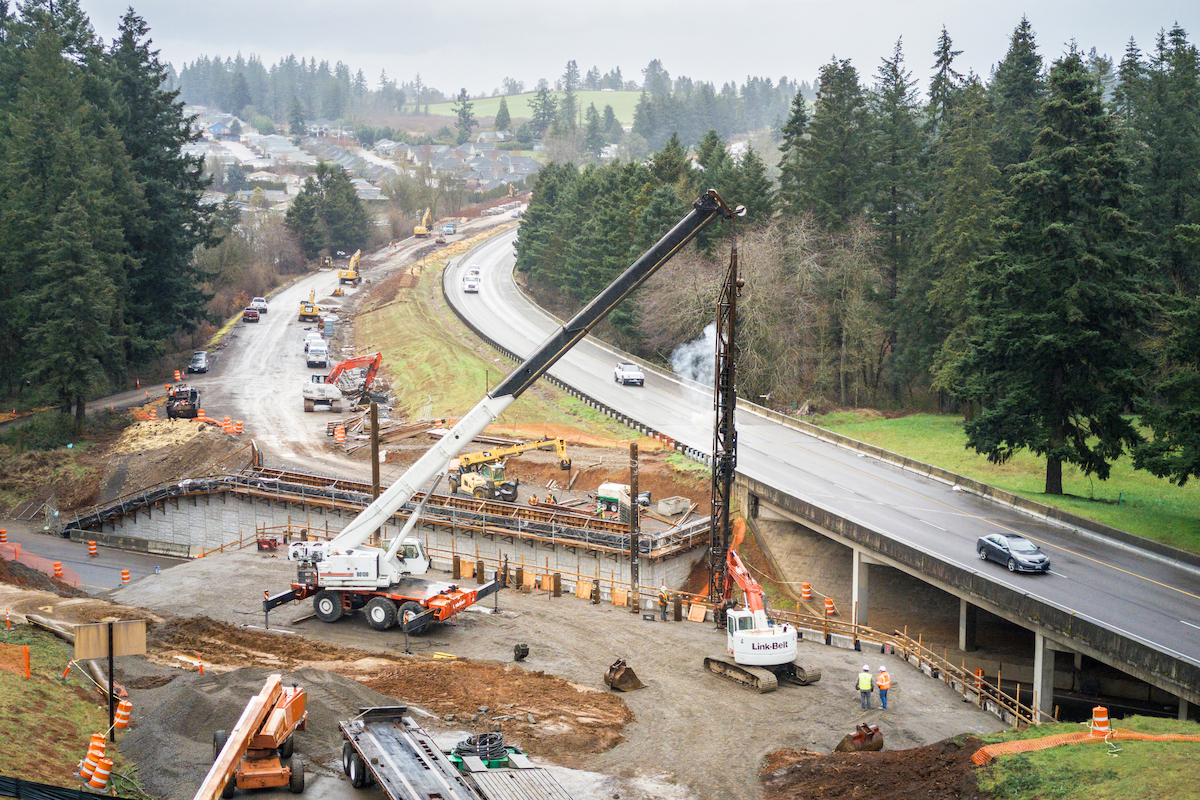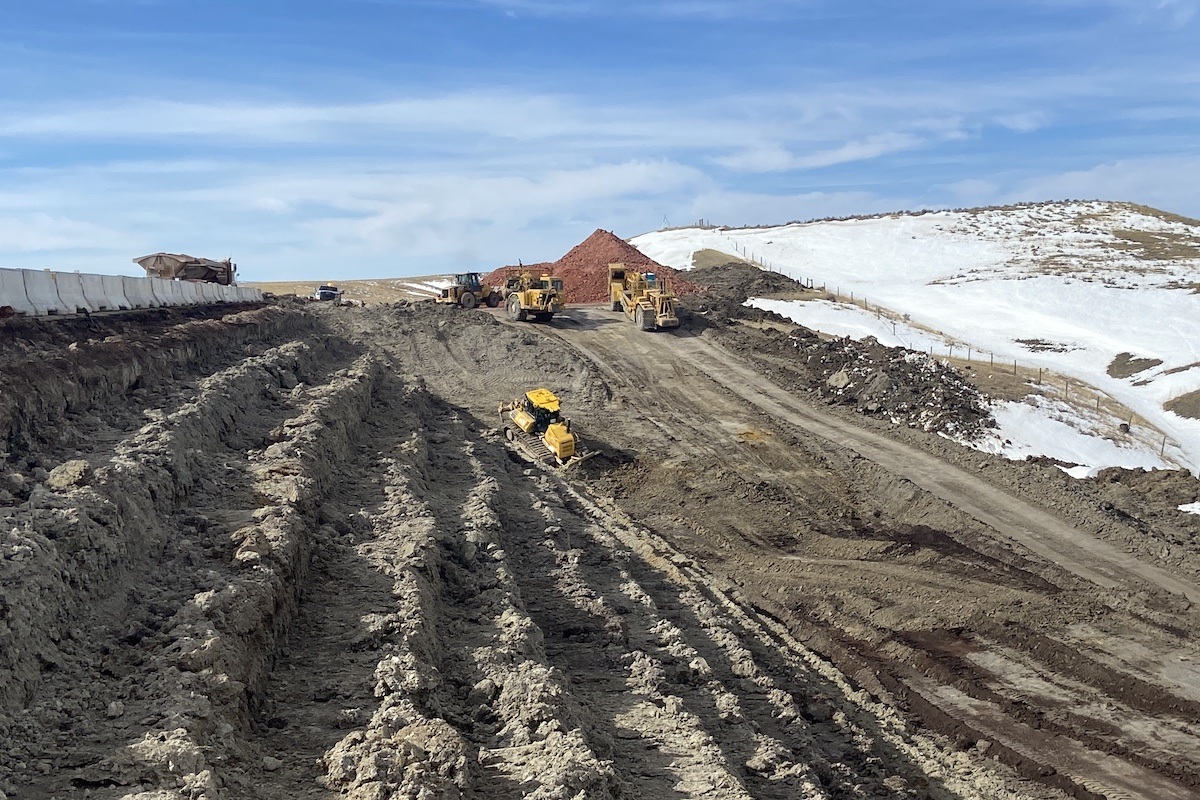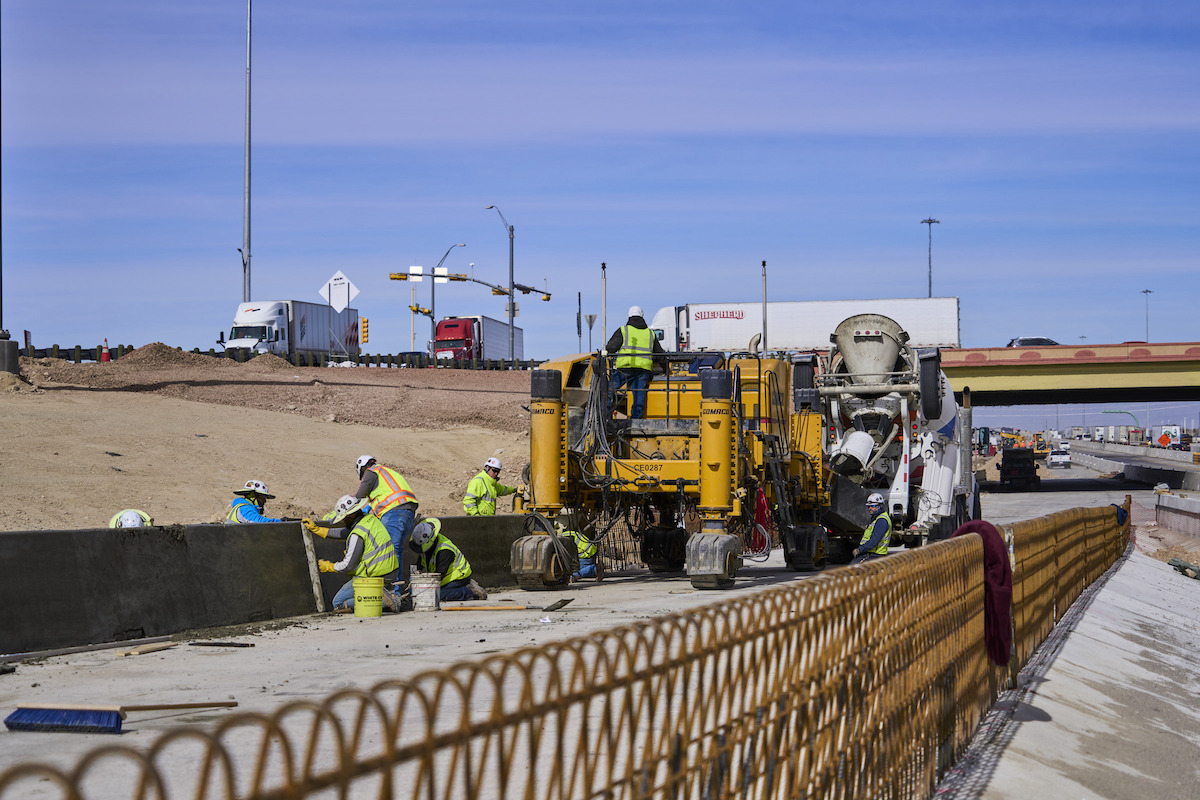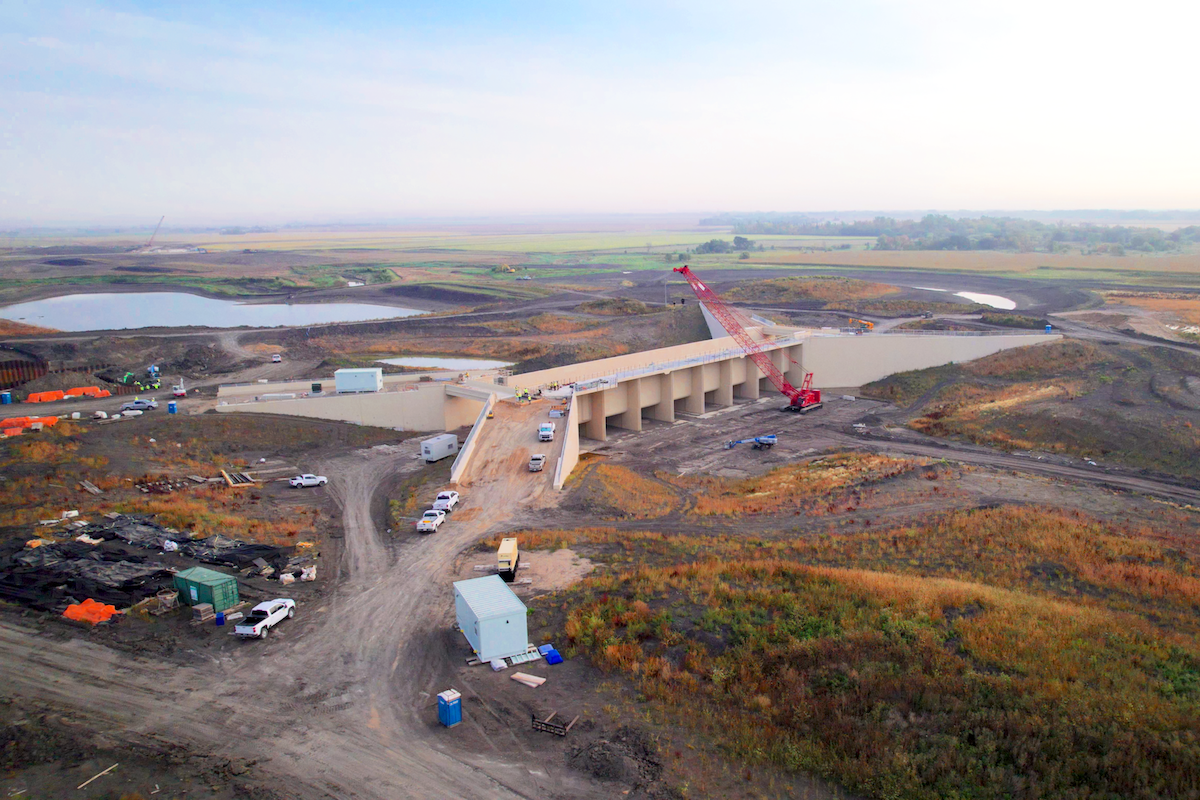The infrastructure needs of Hawaii’s bustling capitol city are growing, and they are particularly evident behind the wheel of a car. Along a narrow roadway corridor with limited expansion options, Honolulu’s rapid population growth has created significant urban planning challenges.
According to navigation technology company TomTom, while Los Angeles, California, holds the title for the highest traffic congestion in the United States for 2024, Honolulu takes second place, followed closely by Miami, Florida.
Mirroring the mainland’s biggest metropolitan cities, Honolulu commuters waste 71 hours in traffic, the equivalent of nearly 10 workdays. The city also notably offers a 6-mile commute that is a similar experience to that of New York City or San Francisco, California.
Oahu’s gridlock headaches were long anticipated among engineers and rail proponents. Discussions of an elevated, mass transit rail system that would solve urban planning problems began decades ago, even before Hawaii became a state.
And now, Skyline — the Honolulu Authority for Rapid Transportation’s (HART) long-awaited, fully autonomous light rail system — is finally becoming a reality. The light rail system is the first of its kind in the United States and the largest public works project in Hawaii’s history.

| Your local Trimble Construction Division dealer |
|---|
| SITECH Southwest |
| SITECH West |
Skyline broke ground in 2011, kicking off years of twists and turns in development, but bringing together rail infrastructure with federal land use, workforce needs, and cultural considerations within an area of constrained geography.
Historically speaking, Hawaii’s rail issues have been fraught with controversy.
As far back as the 1880s, King David Kalakaua granted businessman Benjamin Dillingham a railroad charter to improve transportation for the island’s freight and passengers.
Critics called the vision “Dillingham’s Folly,” believing the construction investment over the arid and dry land would not turn a profit and would be a financial failure.

| Your local Gomaco dealer |
|---|
| Terry Equipment |
The Oahu Railway & Land Company (OR&L) ran up the leeward coast, across the North Shore of Oahu, and into the island’s central area. The railway helped to open up west and central Oahu to sugarcane plantations, becoming the backbone of the state’s economic development.
But after World War II, a shift to automobile and highway infrastructure caused the demand for rail transportation to fade, along with the OR&L, which stopped running in 1947.
With the success of light rail systems in Europe, the conversations about a similar system in Oahu began, dating back as far as 1959. The federal government awarded a $340,000 grant to study transportation needs that included a monorail system, and a politically fueled transportation battle ensued for decades while traffic continued to worsen.
Plans for the Skyline light rail system began in the 1990s. While the rail system has seen decades of controversy regarding politics, finances, the environment, and delays, the light rail system continues to move forward.

| Your local Trimble Construction Division dealer |
|---|
| SITECH Southwest |
| SITECH West |
“Now that we've opened the first segment, people are excited it’s actually here, that they can actually ride the train,” said Lori Kahikina, HART Executive Director and CEO. “The first segment opened in June of 2023, and we're about to open the next segment later in the fall.”
Hawaii’s largest public works project will be 18.9 miles long, going from East Kapolei to the Civic Center Station located in downtown Honolulu. The first segment of Skyline, built by Kiewit Pacific Company, Nan Inc., and Hawaiian Dredging Construction Company, opened to riders with an 11-mile route and nine stations.
Skyline will reduce the city’s overall carbon footprint, an important aspect as estimates show that traditional transportation is responsible for about 20 percent of Honolulu’s emissions. According to Oahu’s Climate Action Plan, the island aims to transition to renewable energy, reducing greenhouse gas emissions by 45 percent with the goal of being fully carbon neutral by 2045.
“The traffic here is really bad,” Kahikina said. “One of the main things [about the project] that was sold to the community was to help with the traffic impact and also to improve quality of life for people. When you look at the west side of the island, the traffic that these people deal with, it could take you one and a half hours to travel each way.”

| Your local Trimble Construction Division dealer |
|---|
| SITECH Southwest |
| SITECH West |
Skyline was originally designed to give Oahu’s residents and visitors an option that would allow them to avoid those hours of traffic delays.
The project’s total cost, close to $10 billion, is taxpayer funded.
“The lion's share of our funding comes from the state general excise tax and transit accommodation tax, and then we also have some federal funding,” Kahikina said. “Once we're done with the project’s Segment 3 in 2031, the entire project will be paid off. That’s unique; we’re not handing over a bill to the city to continue to pay after everything's completed.”
Justin Tyndall, Ph.D., Associate Professor of Economics at the University of Hawaiʻi at Mānoa, recently authored a policy brief on the rail project’s labor market impacts, and he said Skyline will increase the share of workers taking public transit from 13.2 percent to 15 percent. He predicts that the Skyline completion will increase the employment rate from 66.4 percent to 66.8 percent.

| Your local Trimble Construction Division dealer |
|---|
| SITECH Southwest |
| SITECH West |
According to Tyndall, while these figures might seem modest, even small changes can make a major difference. The increase translates into $250 million more annual income for the island.
Skyline’s second segment — 5 miles and four additional stations built by Shimmick/Traylor/Granite Joint Venture — includes stops at high-traffic areas, including the Daniel K. Inouye International Airport and Pearl Harbor. Core systems integration and testing and station punch list items are nearing completion, with a formal opening scheduled for fall 2025.
Primarily a navy base, but including the Joint Base Pearl Harbor-Hickam serving both the U.S. Navy and Airforce, the rail will help to alleviate parking for the employees.
“This next segment is going to be exciting because both the airport and Pearl Harbor are large employment agencies, and of course the tourists and locals will be using the system for travel purposes,” Kahikina said.

| Your local Trimble Construction Division dealer |
|---|
| SITECH Southwest |
| SITECH West |
A stretch of the guideway comes into the airport for the commuters, going through the highest point of the entire alignment. The design accommodates airplanes backing up and out of the terminal, making their way to the runway.
“The guideway’s highest point through Segment 2 is near the airport station,” said Vance Tsuda, HART Project Director. “This was required in order to clear the tallest plane’s vertical tail fin.”
“Then we needed to come down really low where the guideway is at its lowest point to be out of the flight path, to just clip the edge of the tarmac coming into the airport, and then make an S-curve to continue out to the next station,” Kahikina added. “So that's a pretty ingenious engineering feat.”
Pre-cast tangential box girders were used to build the first two segments of the elevated guideway. Designed to support the track structure, the girders are long, hollow, and lightweight relative to size. The curved, concrete segments are shaped to follow the alignment of the rail.

| Your local Trimble Construction Division dealer |
|---|
| SITECH Southwest |
| SITECH West |
The girders were built off site and then installed using an overhead articulating gantry provided from DEAL, a massive, movable overhead crane that lifts and installs each piece in the air. Post-tensioned steel cables then lock the system in place for durability.
“It's a very unique set of equipment, which requires specialized operators,” Tsuda said.
“Fall of this year, we'll be opening up the second segment,” Kahikina said. “We should also start to see columns on Segment 3 coming up in the downtown area.”
“The narrative is changing,” she added. “People are getting excited that we're going to start opening up the next segment by the October timeframe.”

| Your local Trimble Construction Division dealer |
|---|
| SITECH Southwest |
| SITECH West |
Editor’s Note: Part two of the Skyline project story will continue in the October issue, highlighting underground challenges and the unique cultural impacts involved in construction.
Photos courtesy of Honolulu Authority for Rapid Transportation

